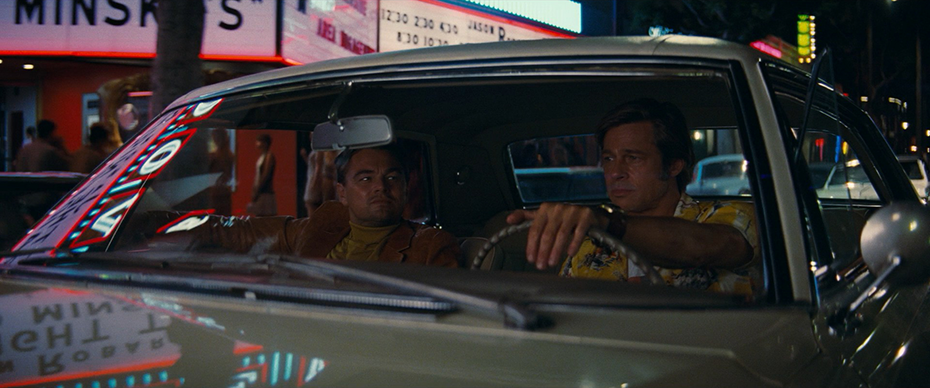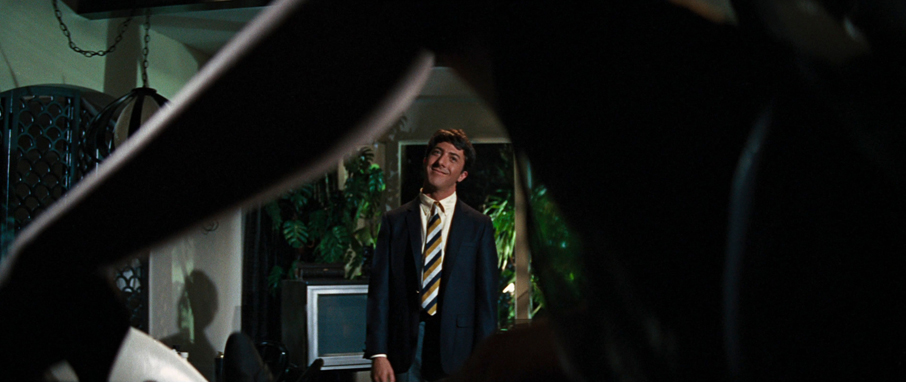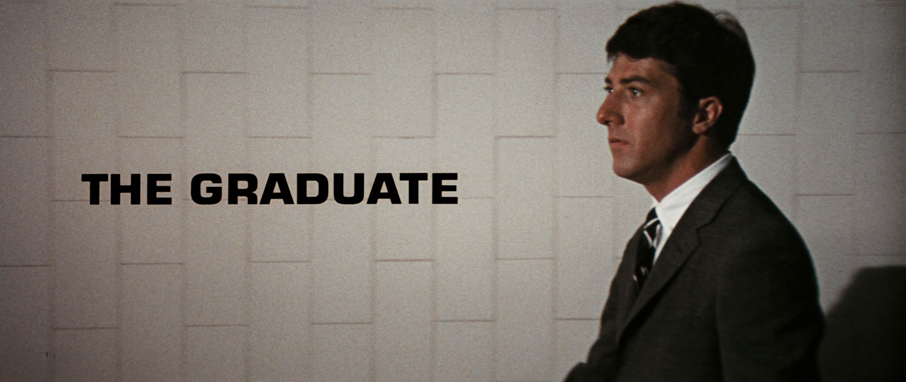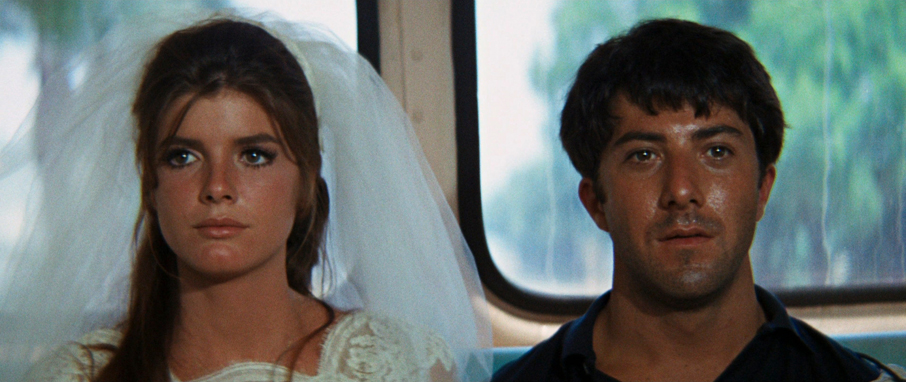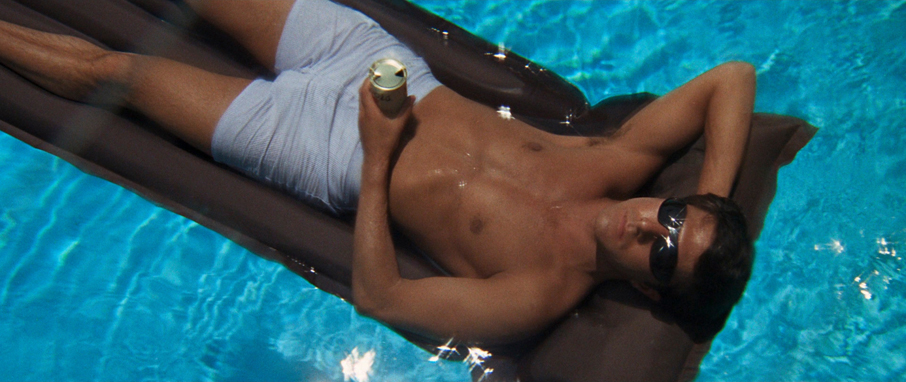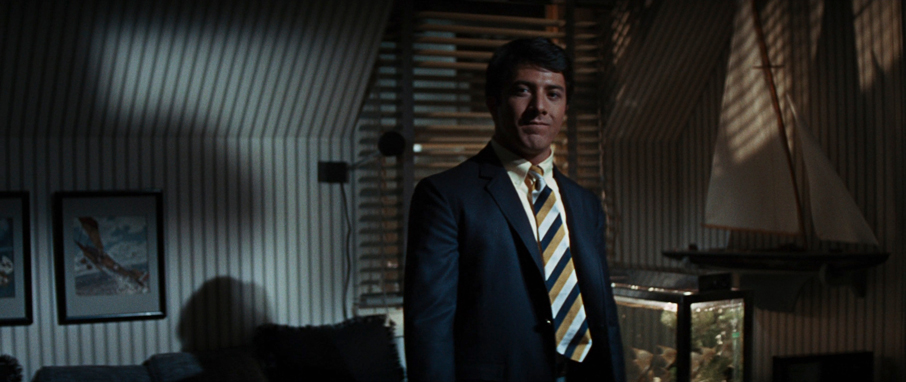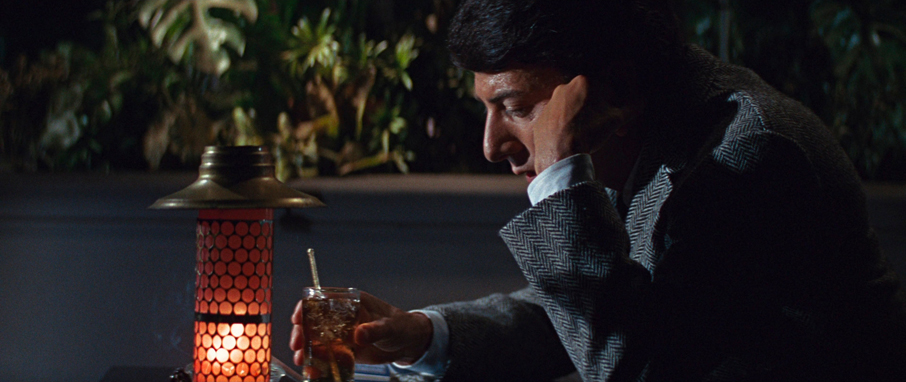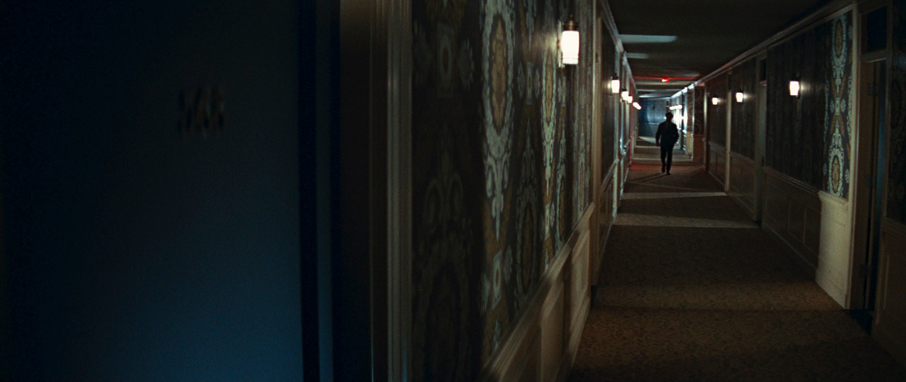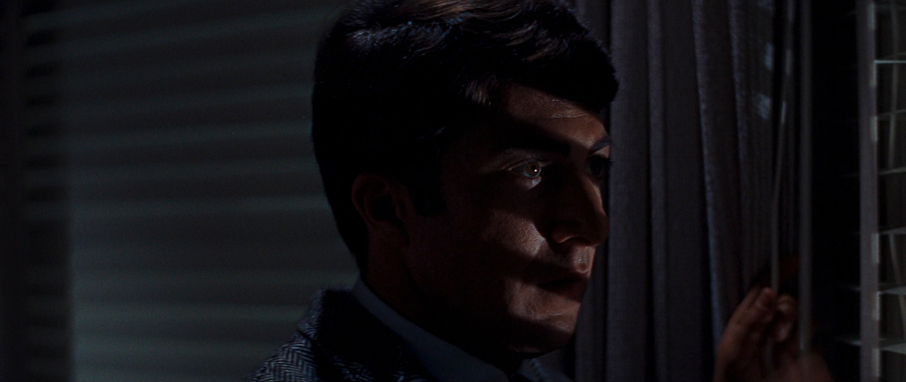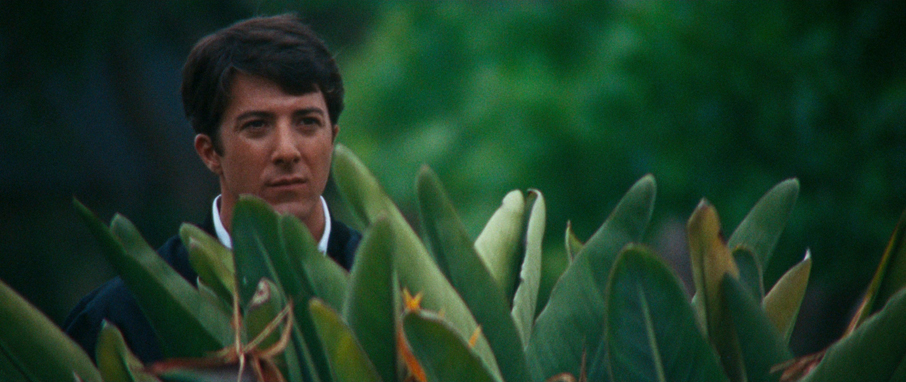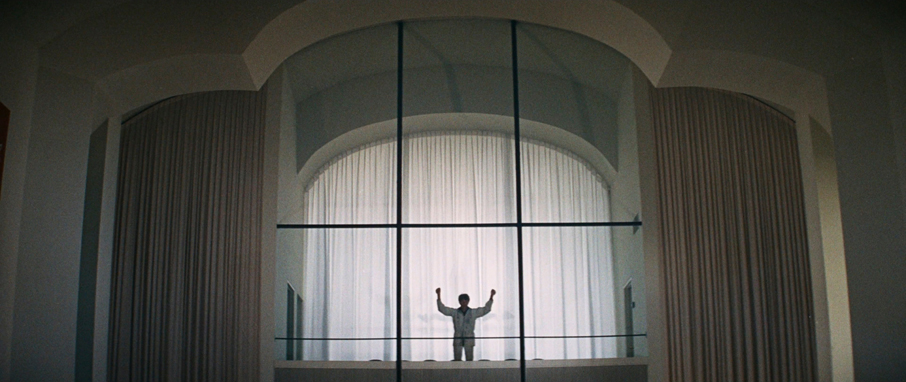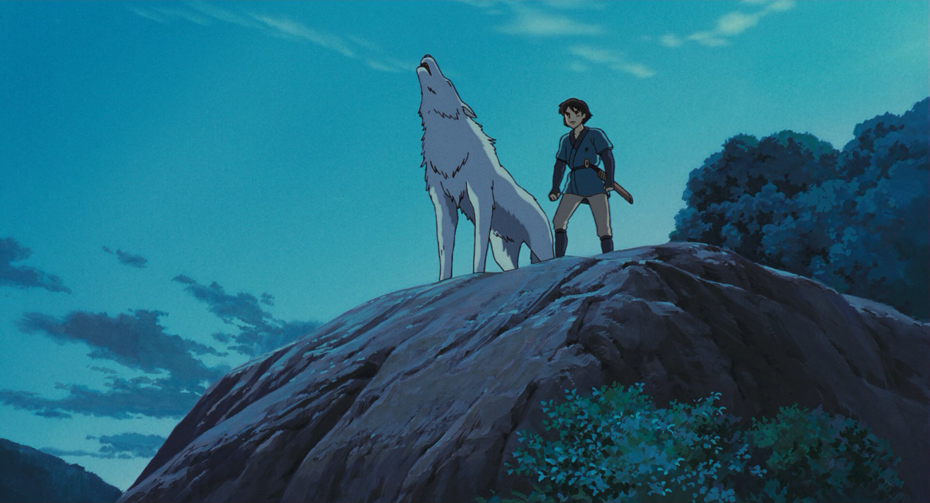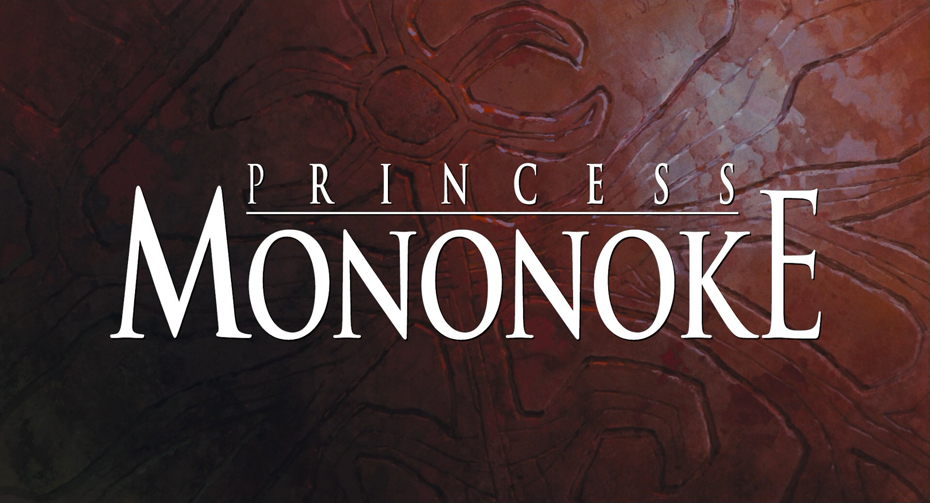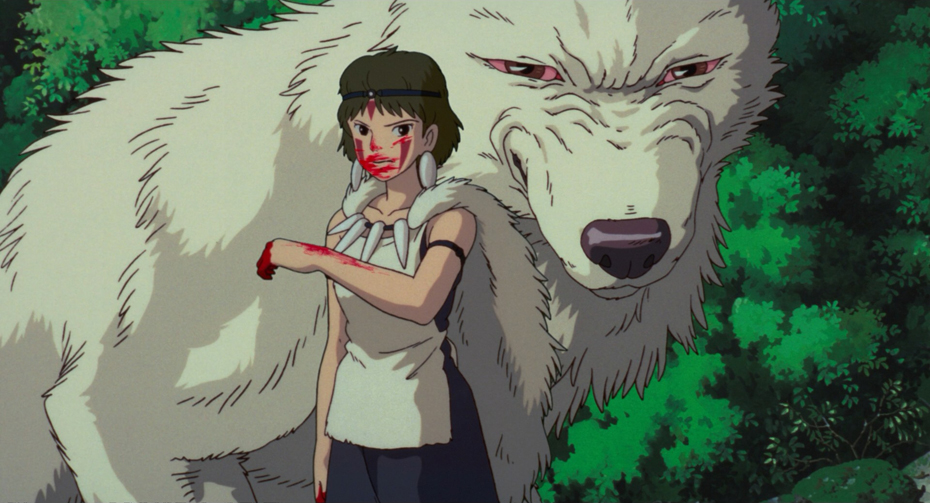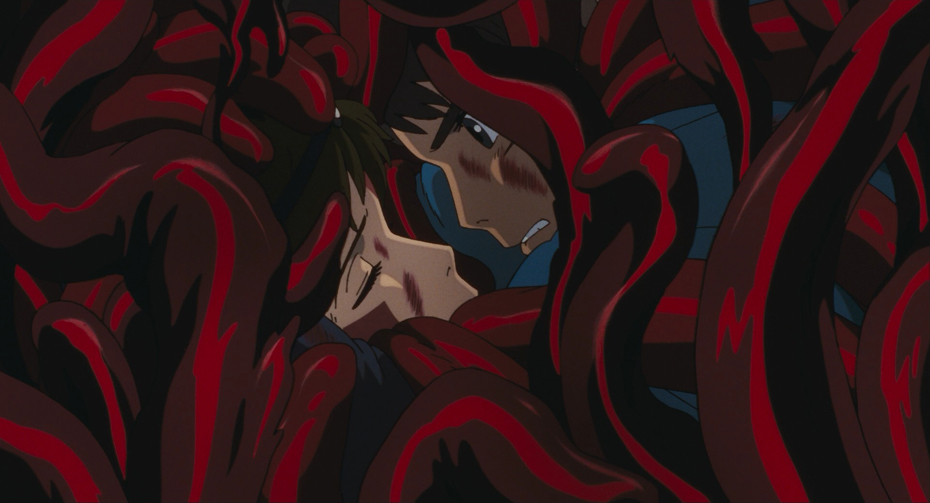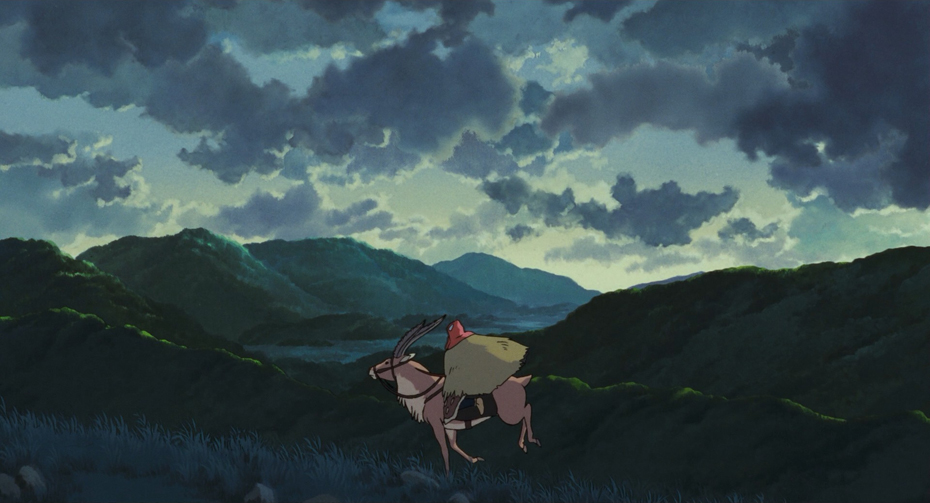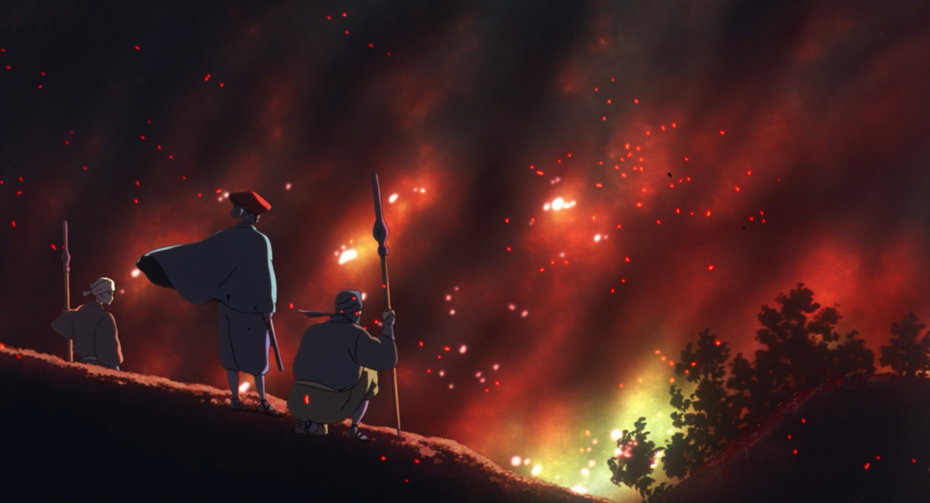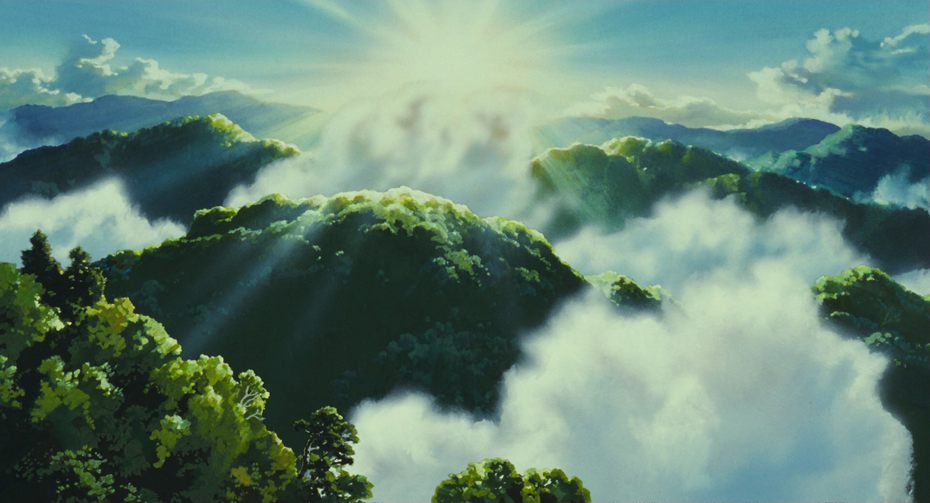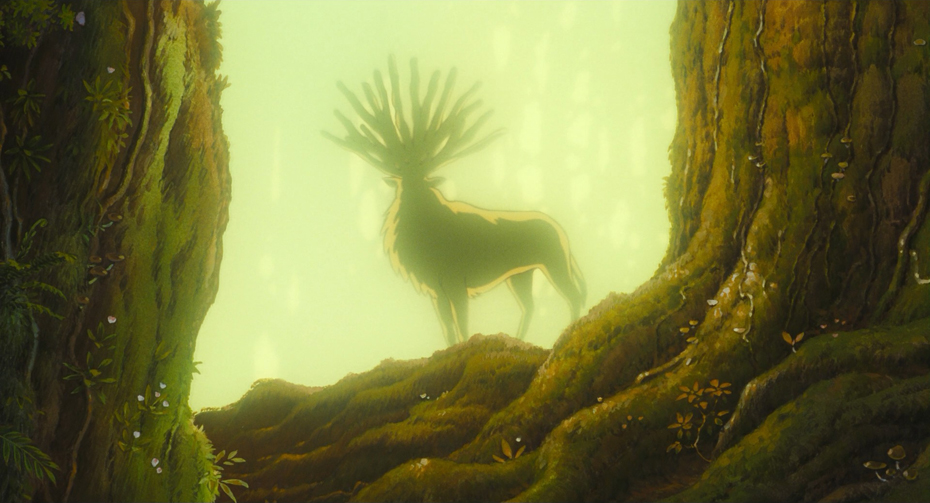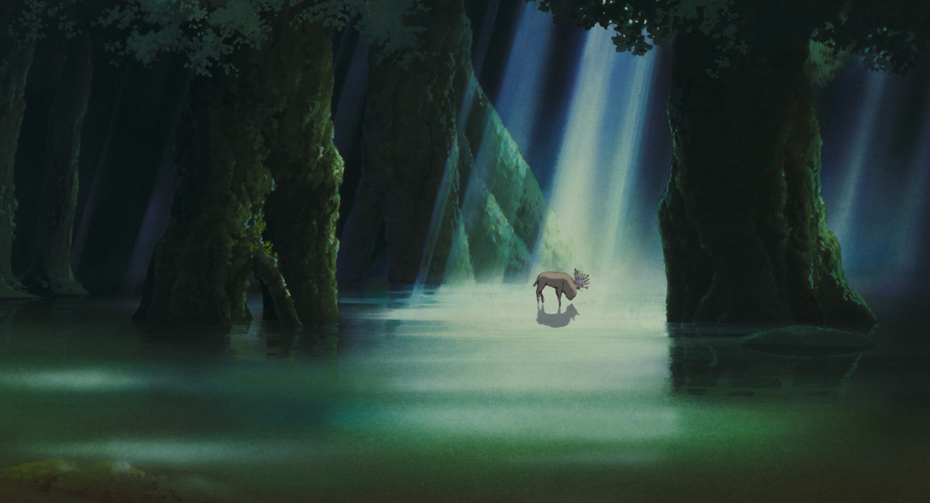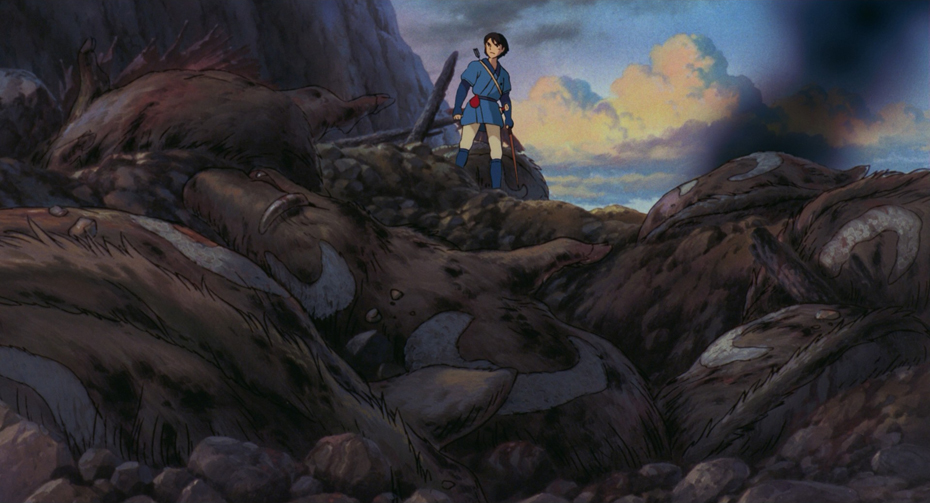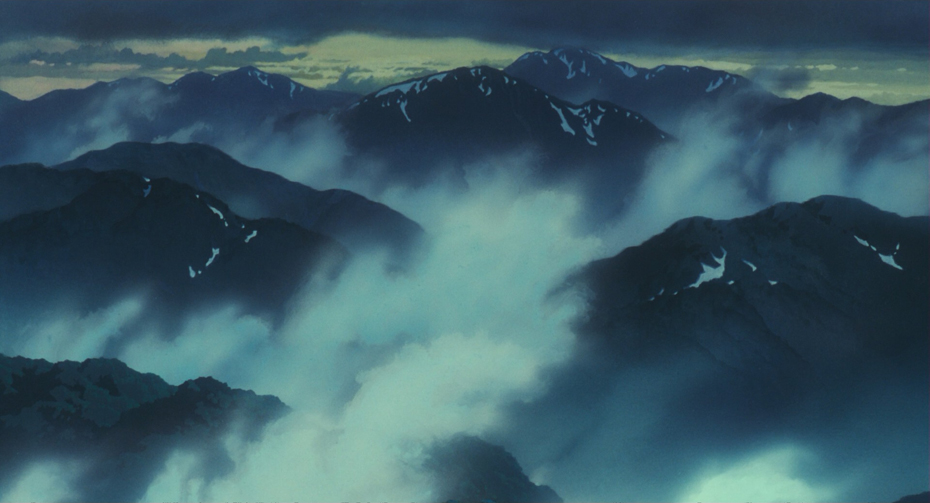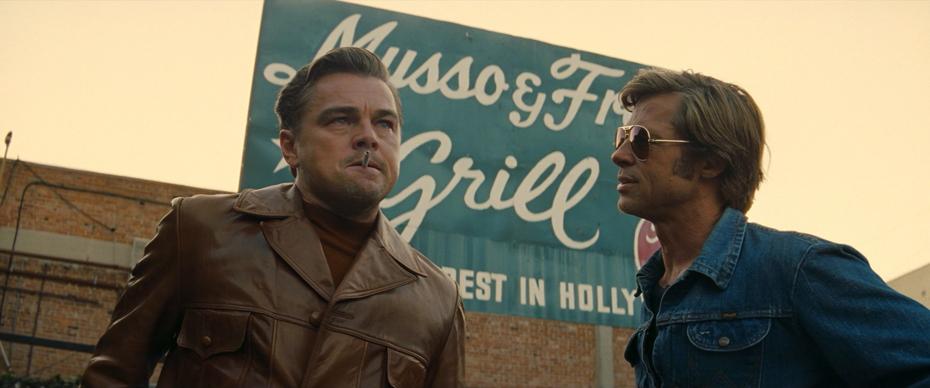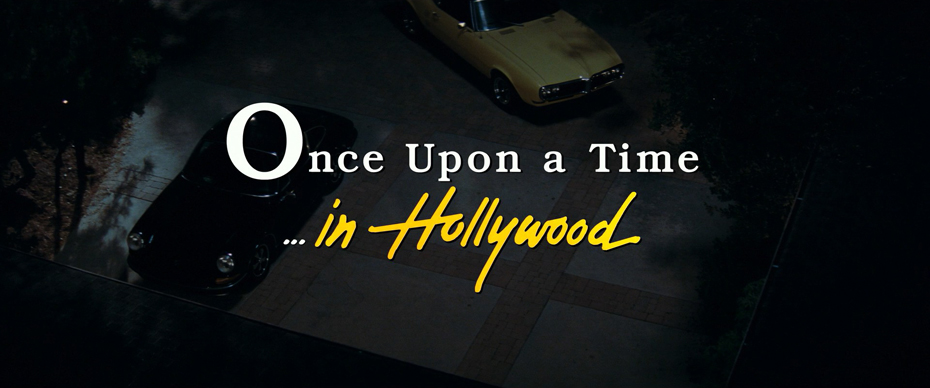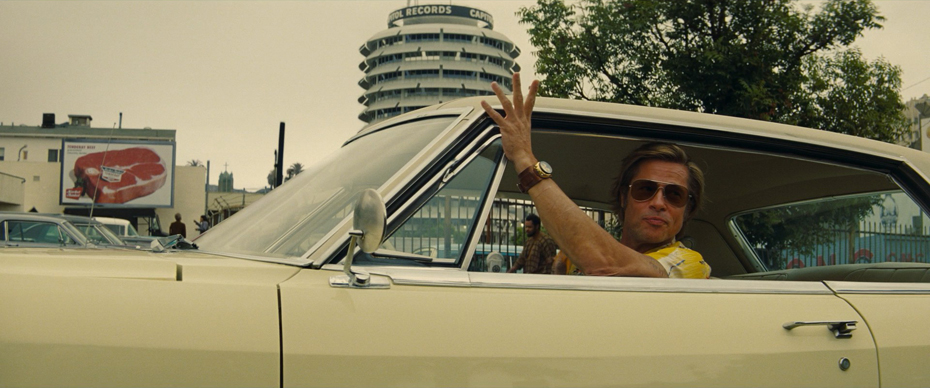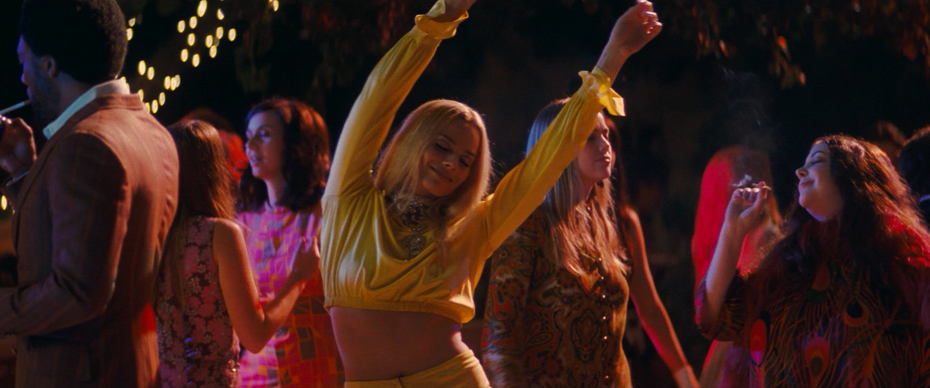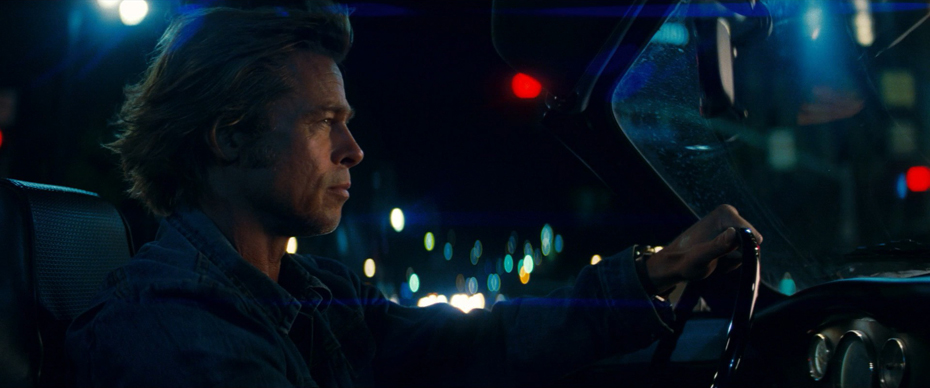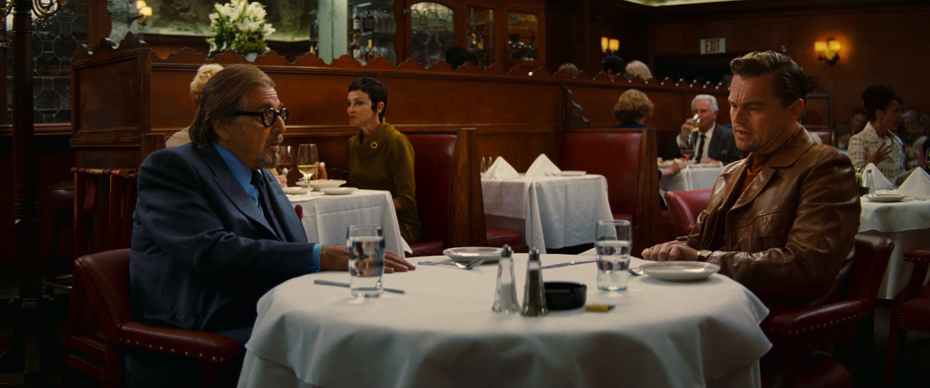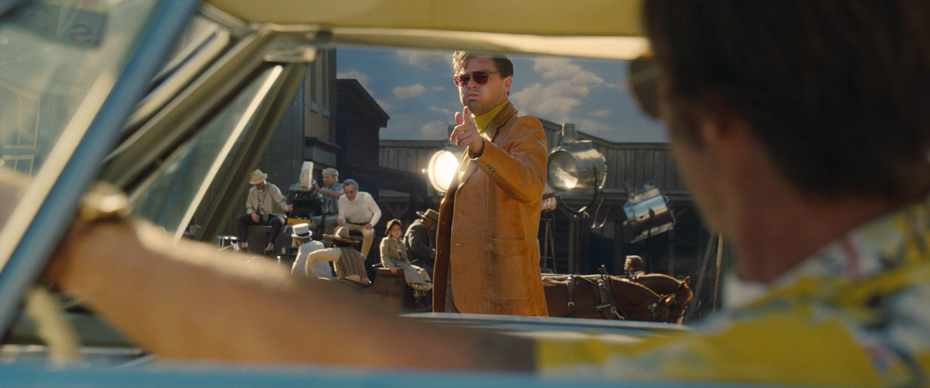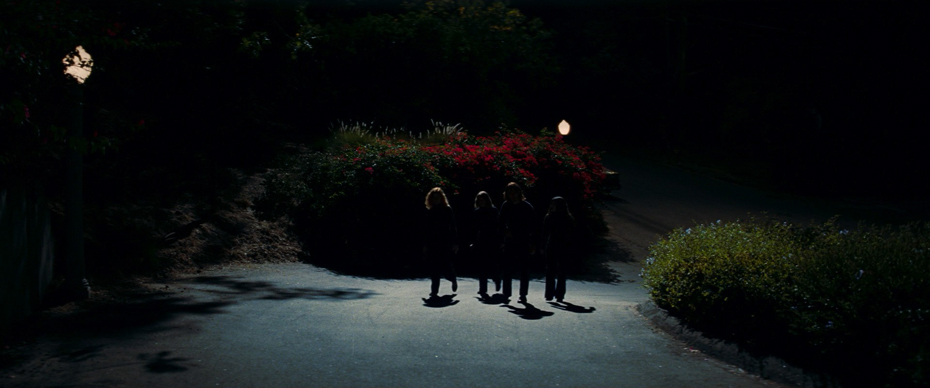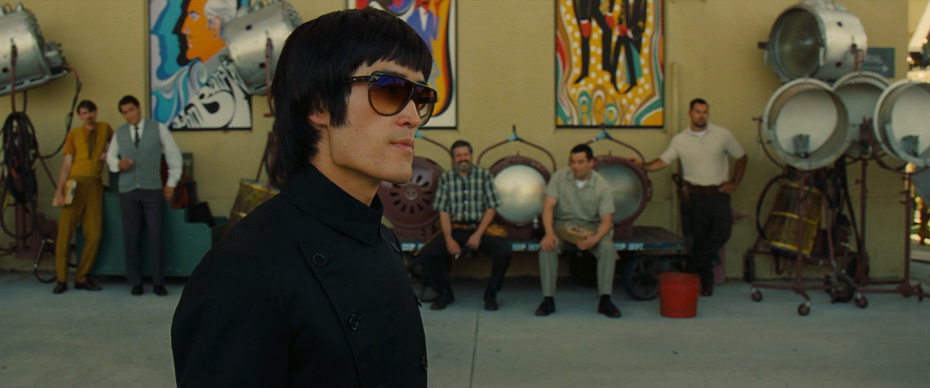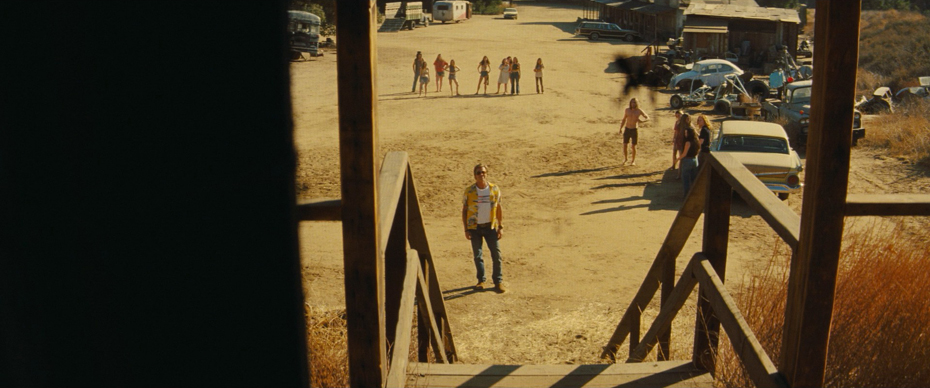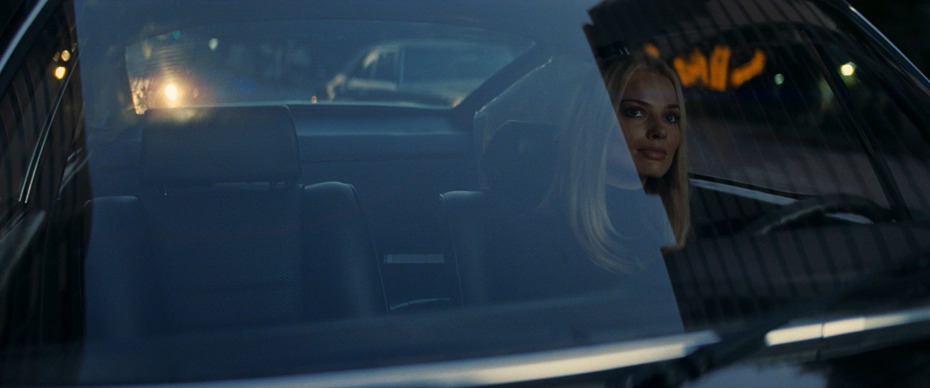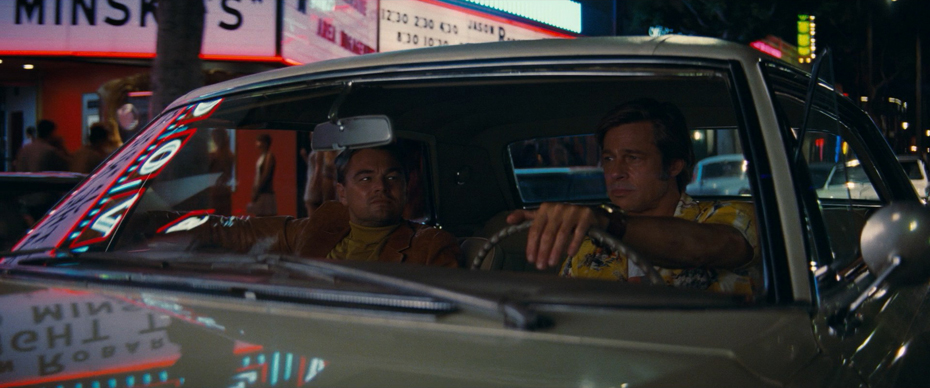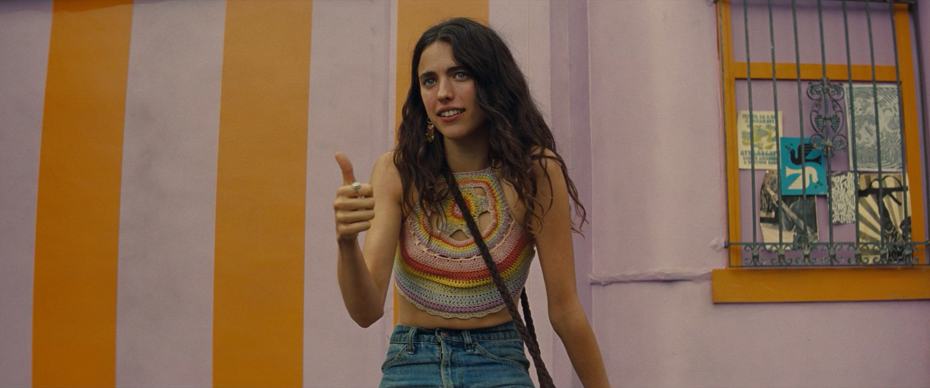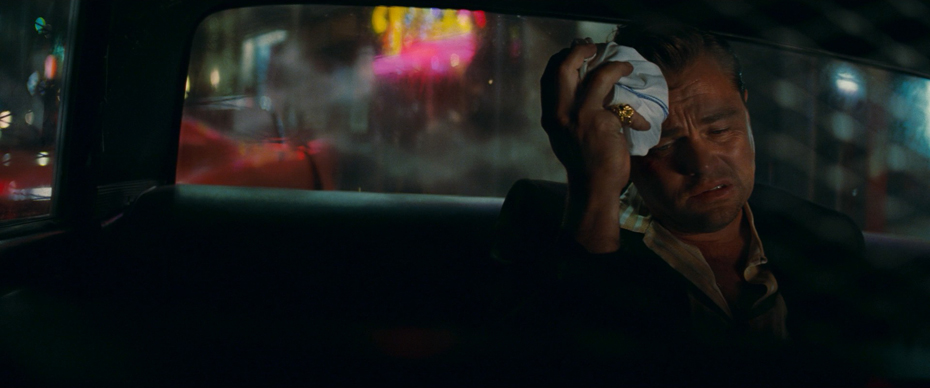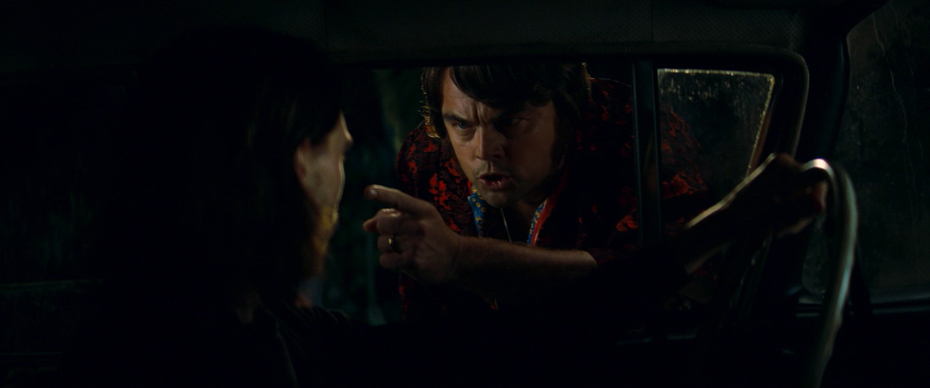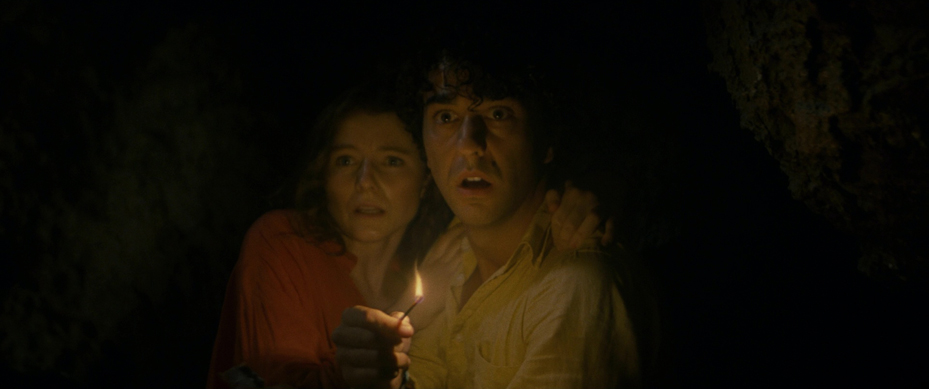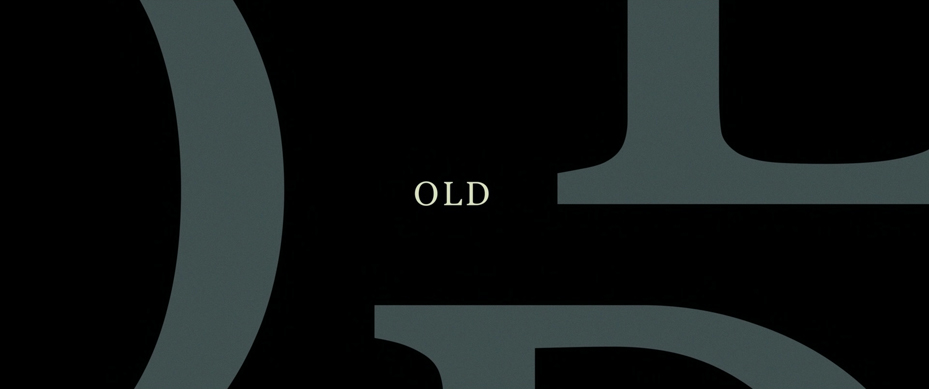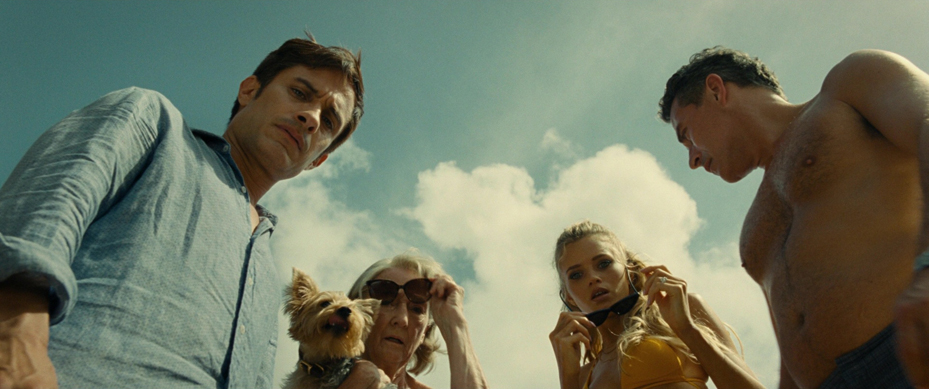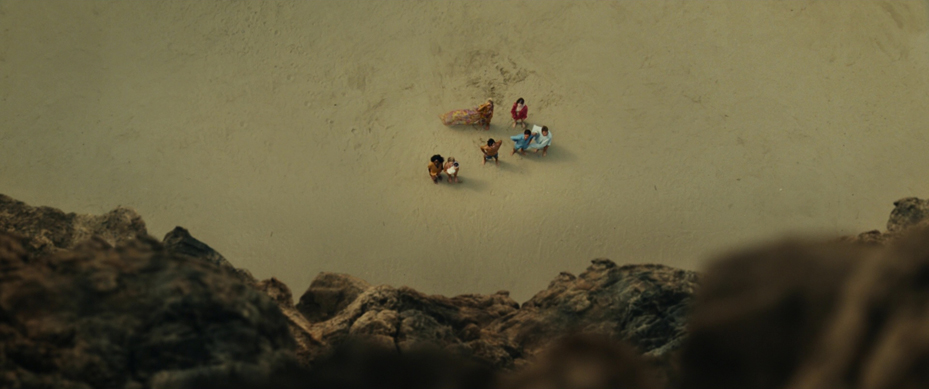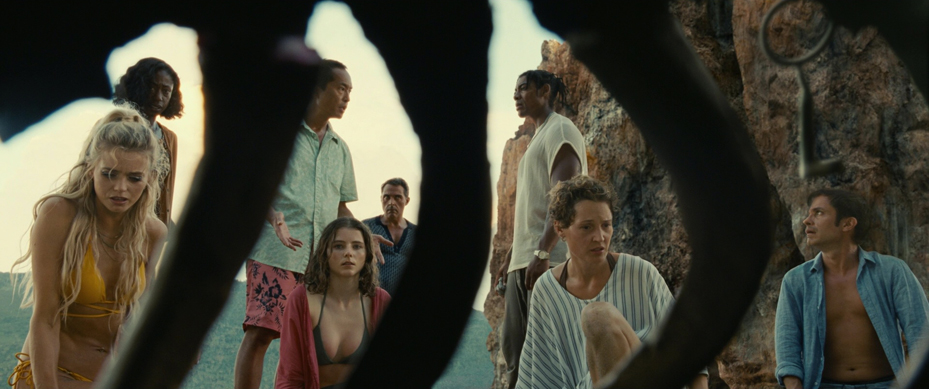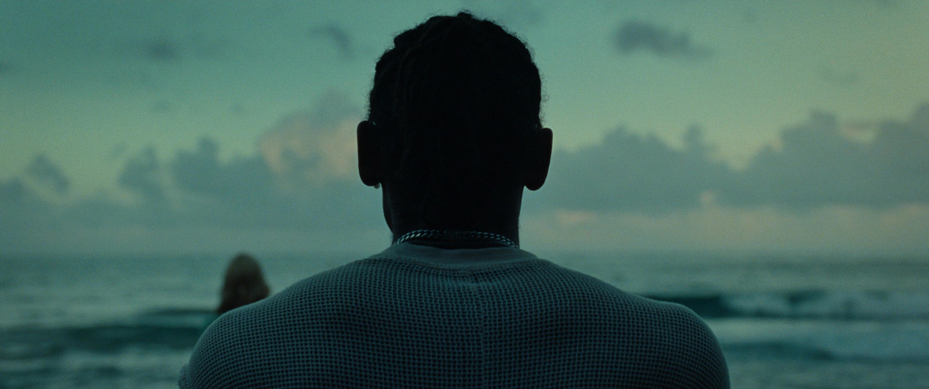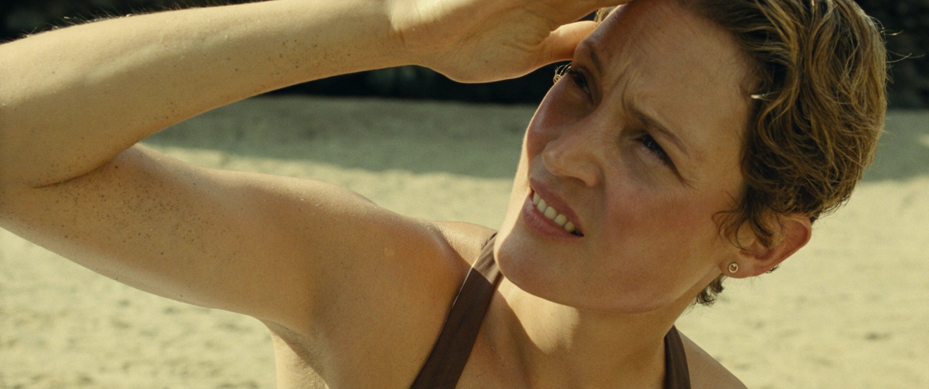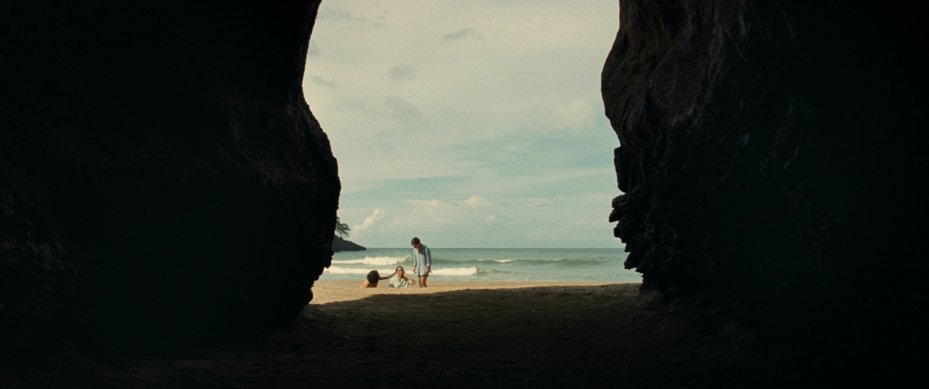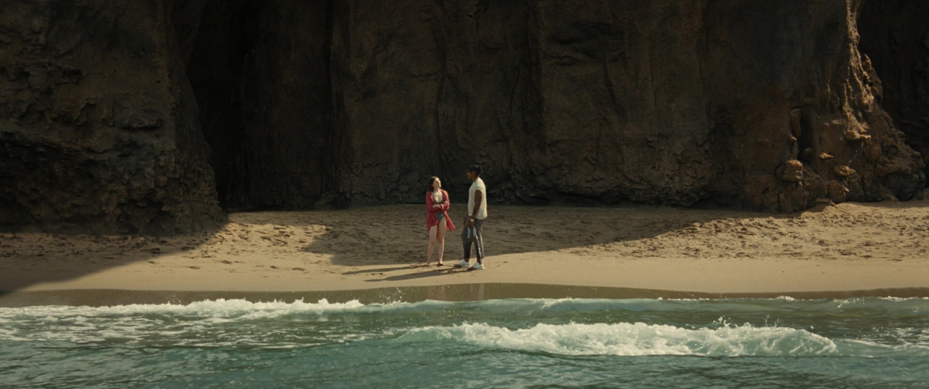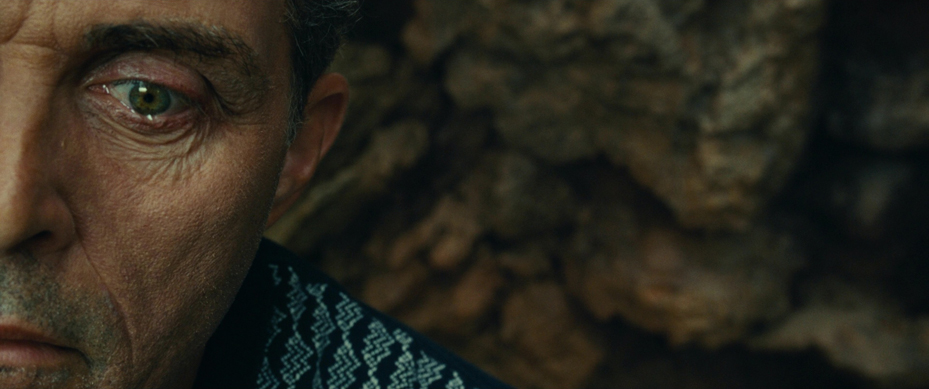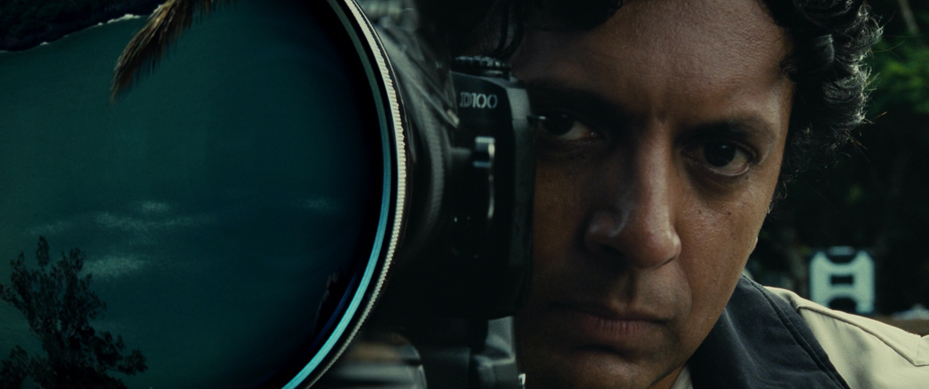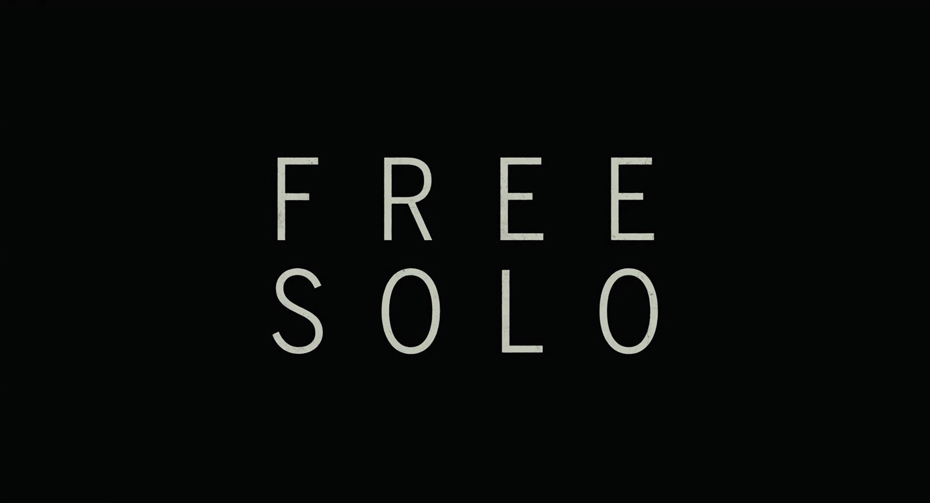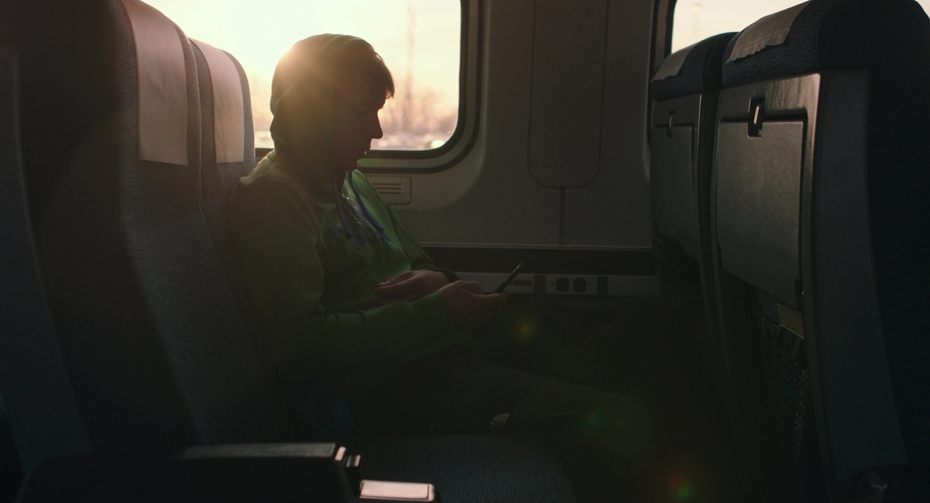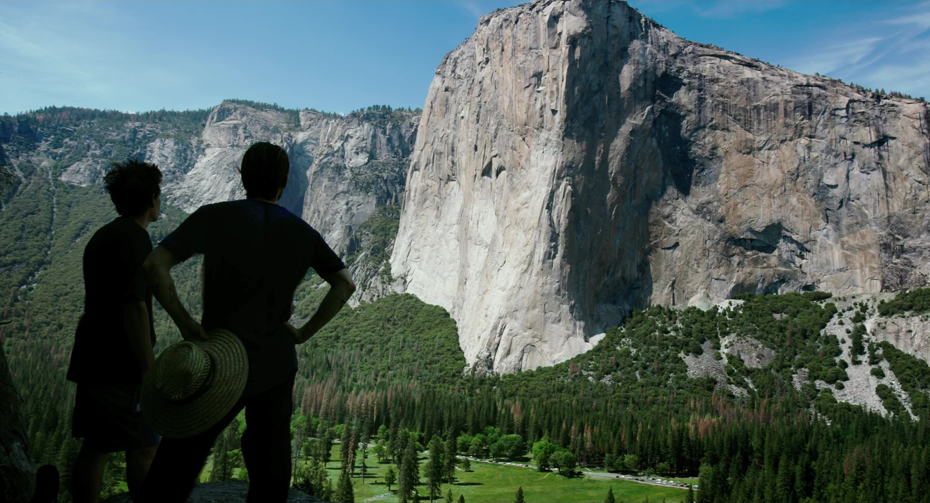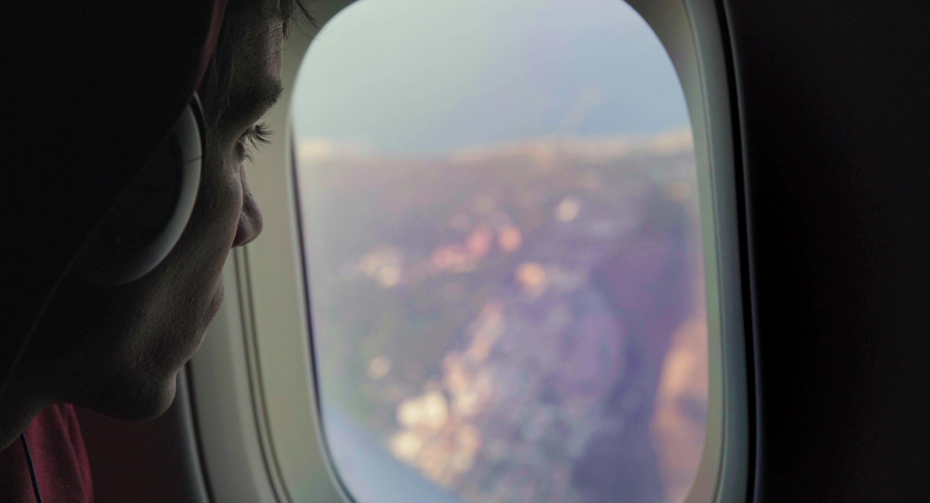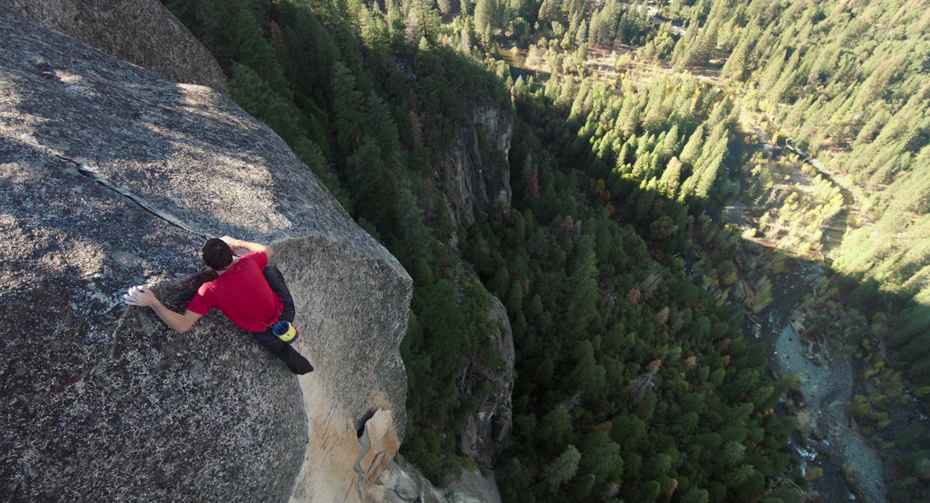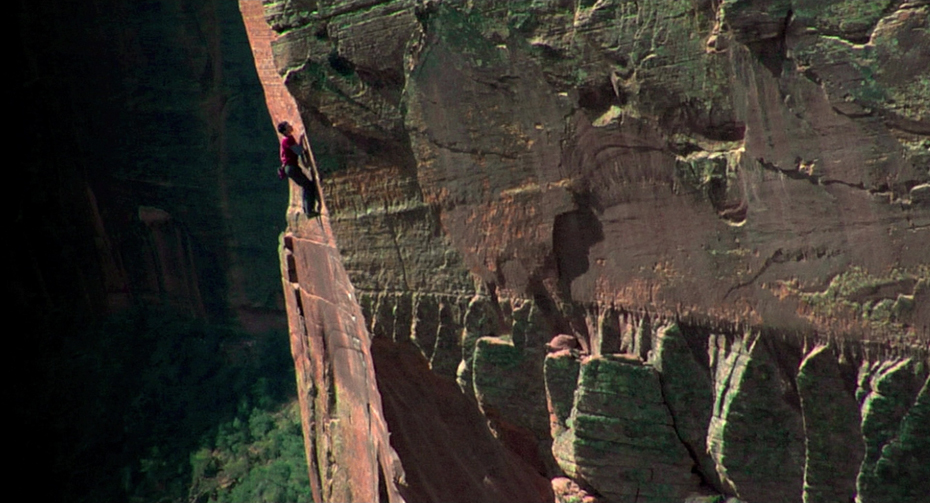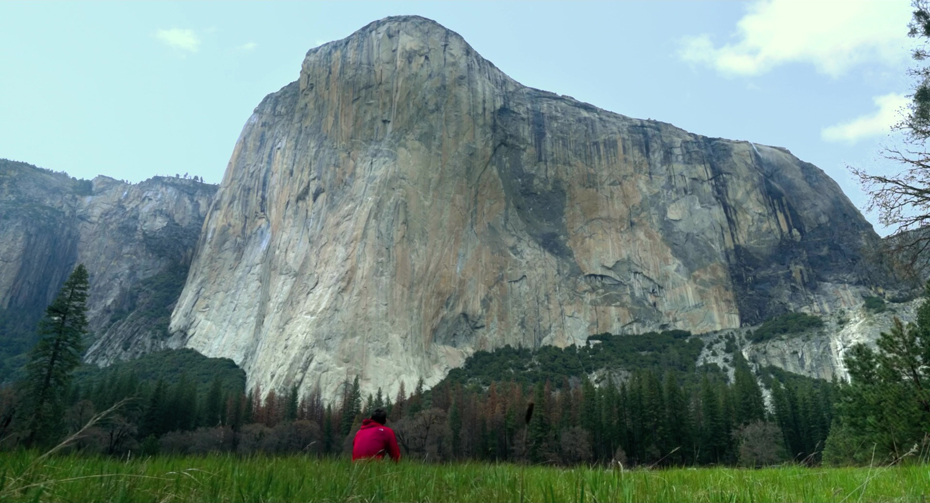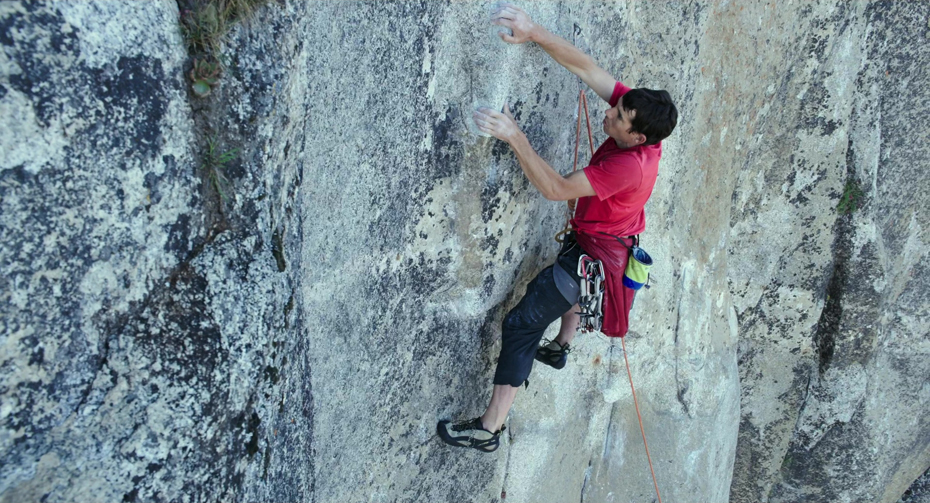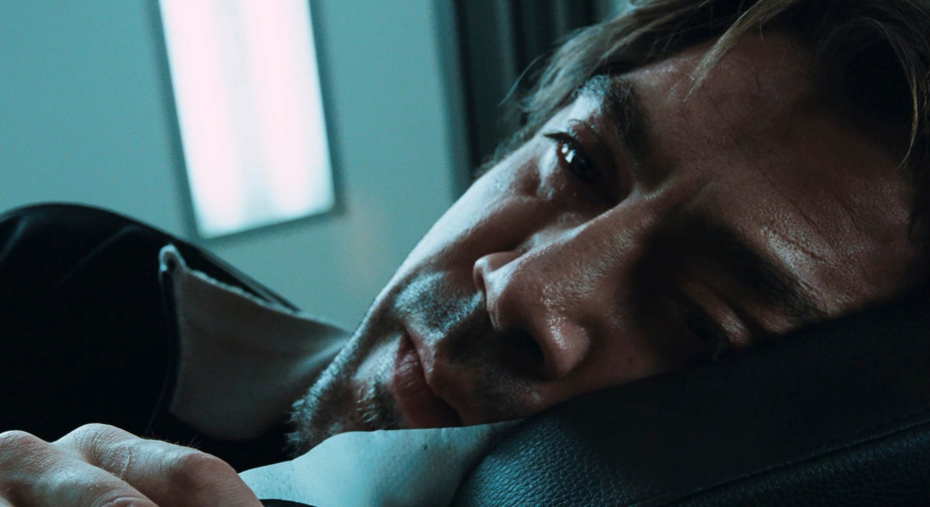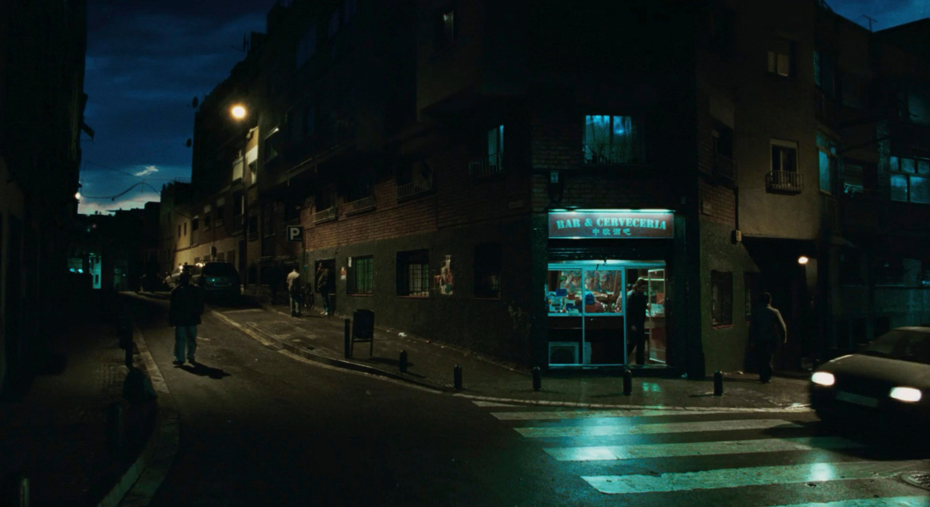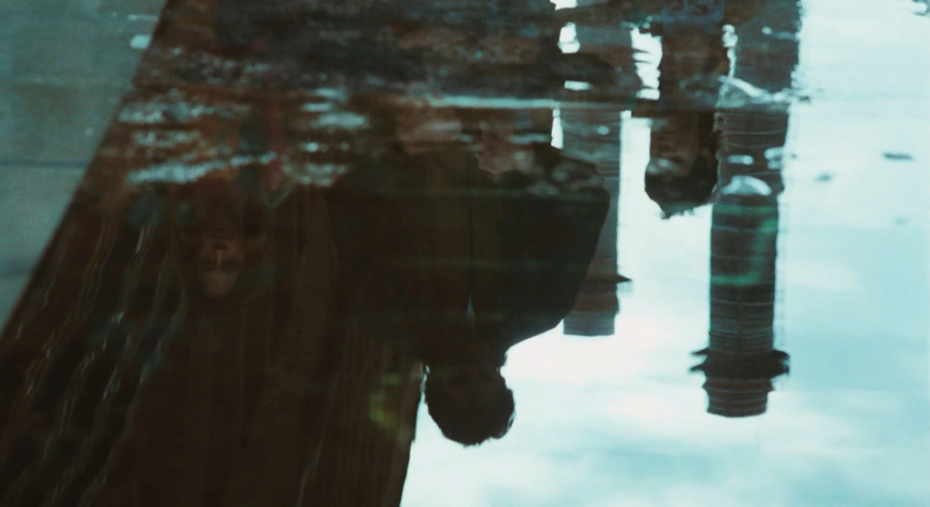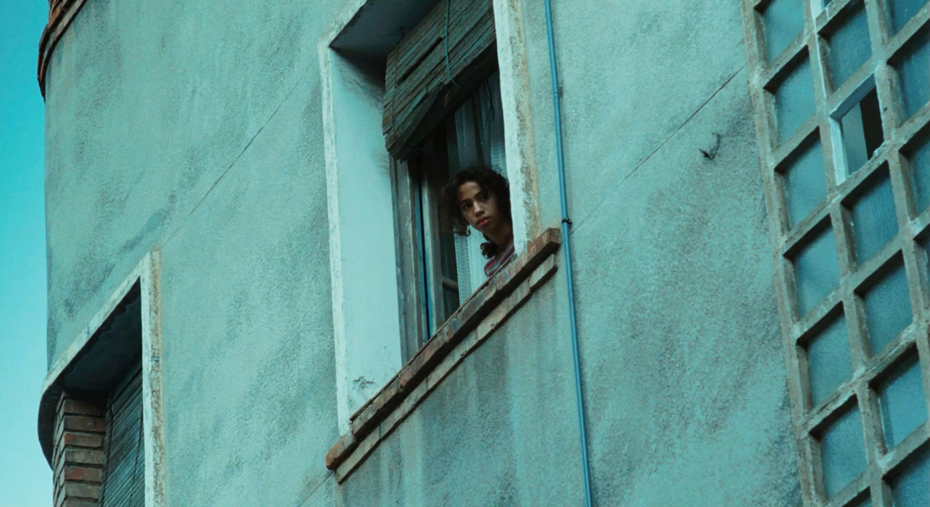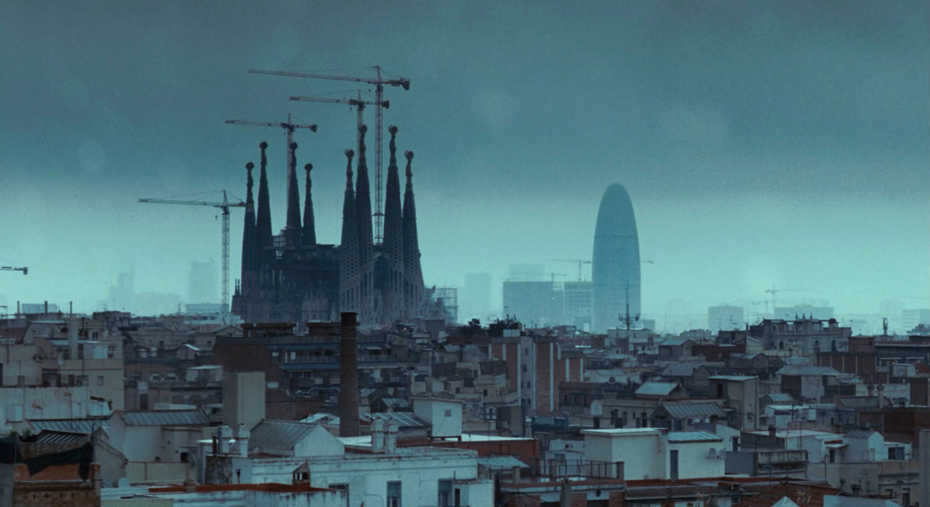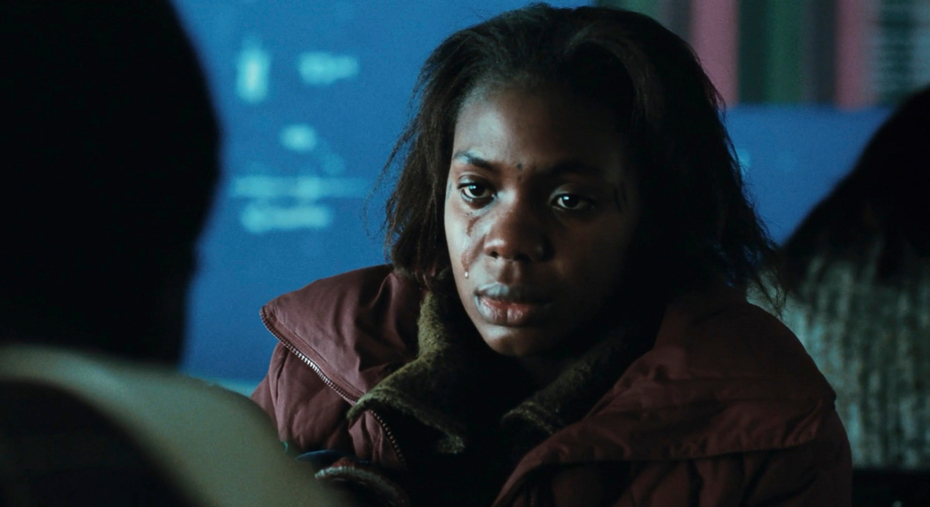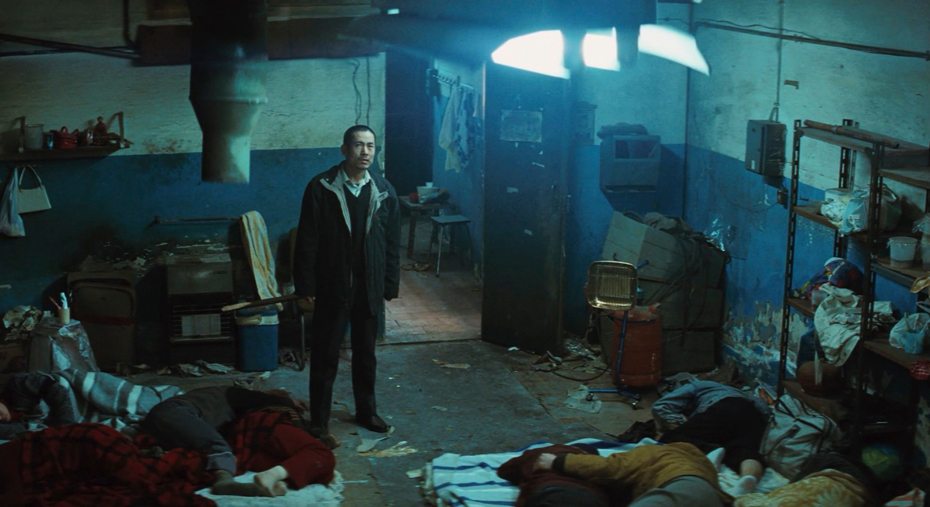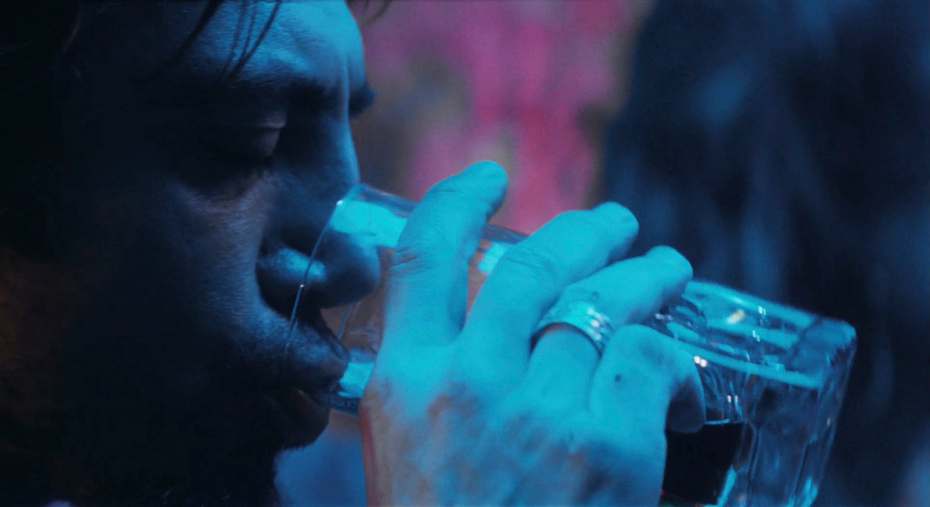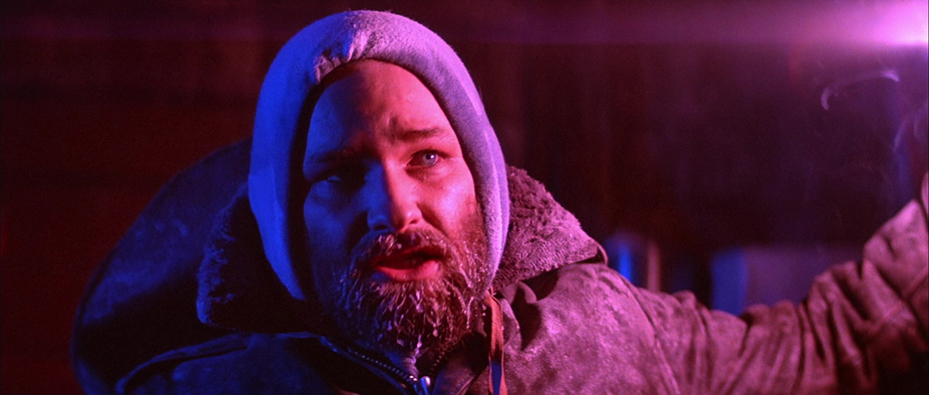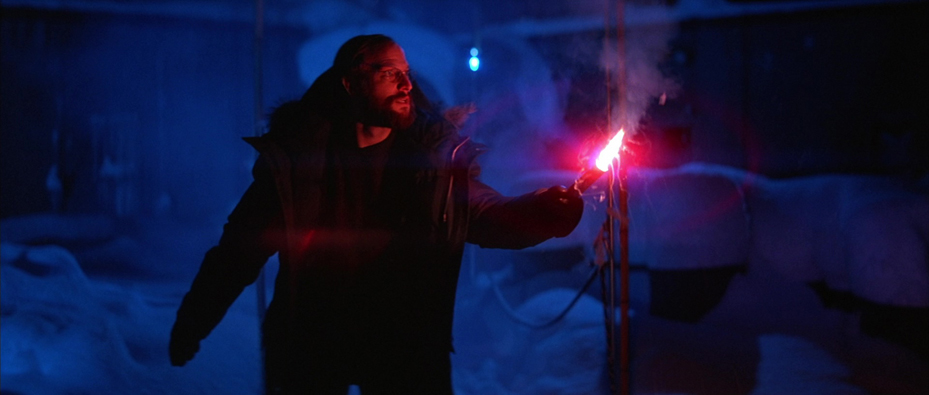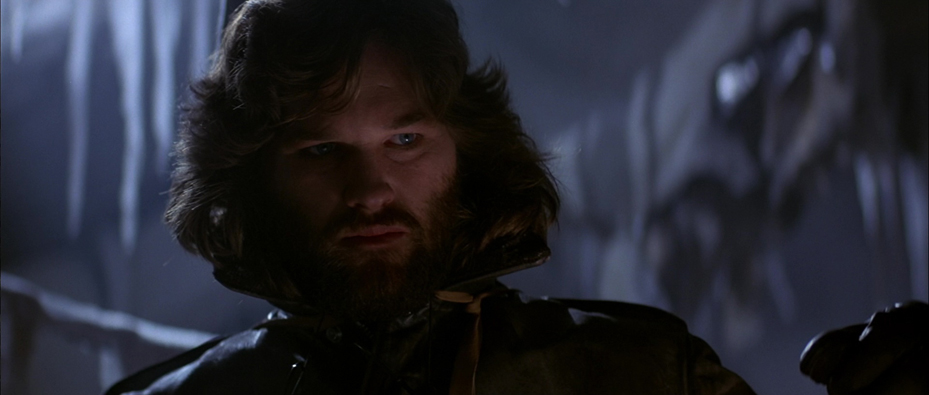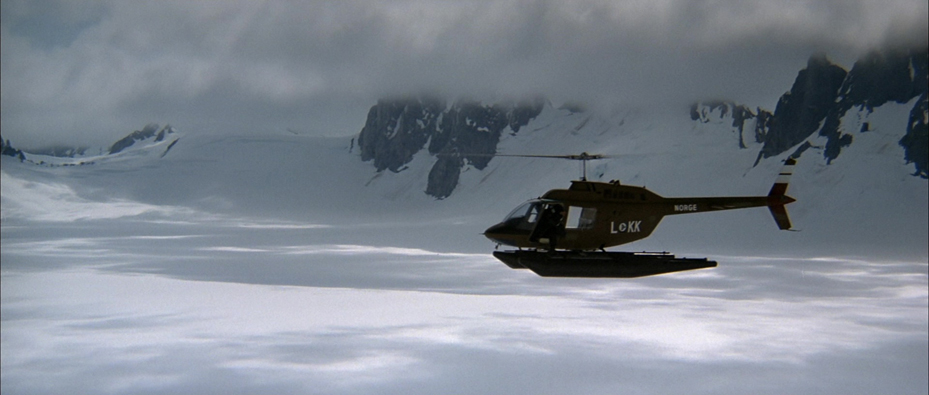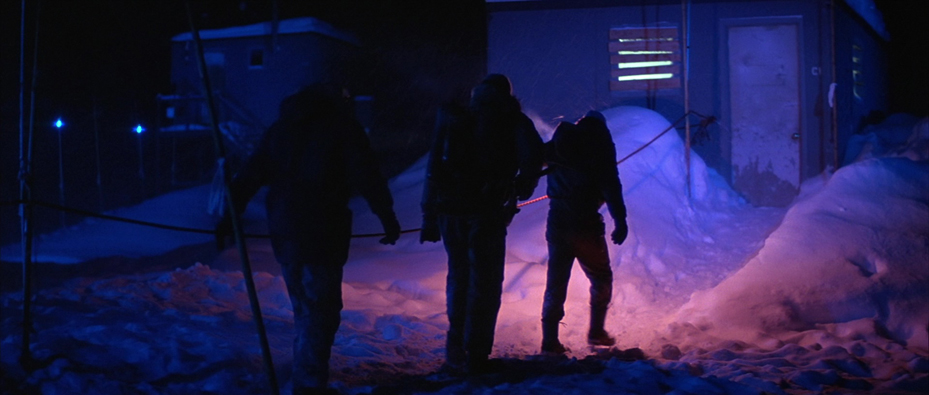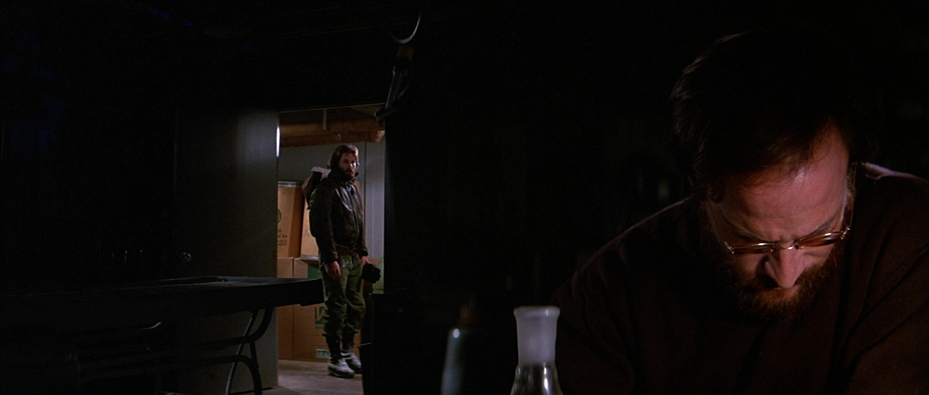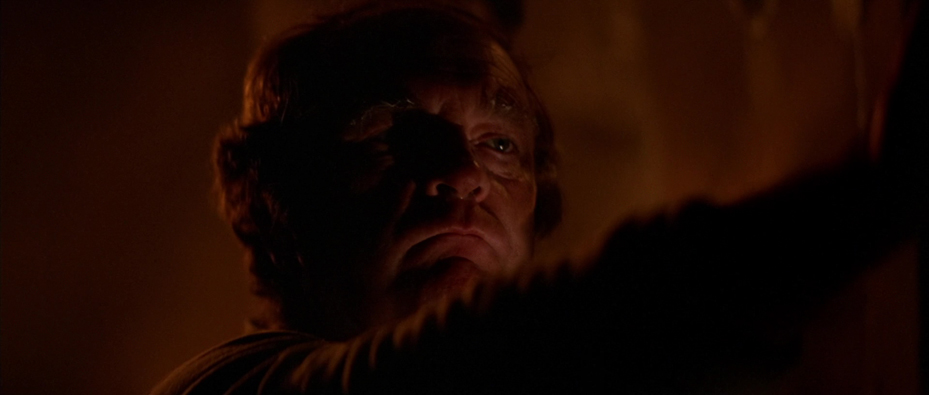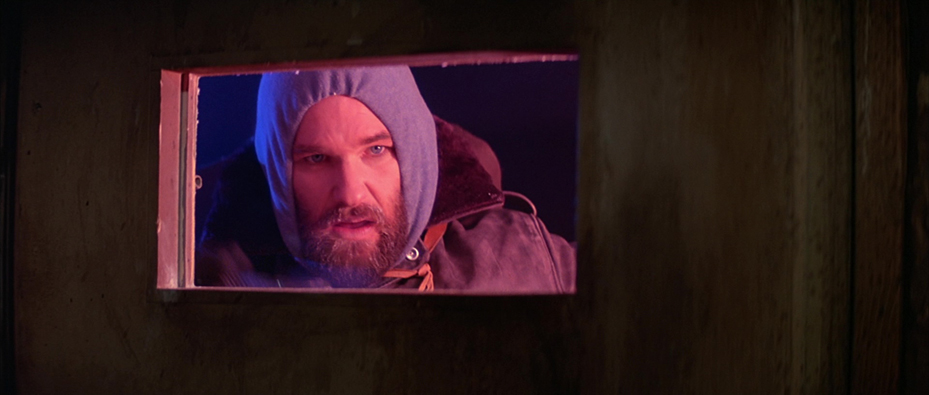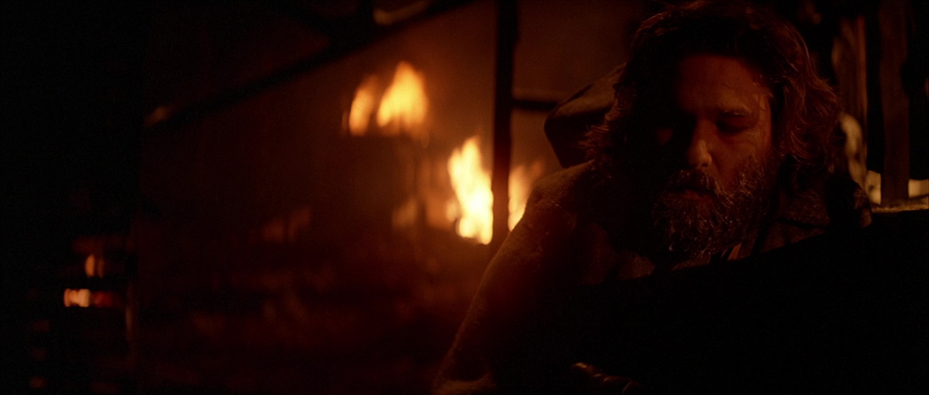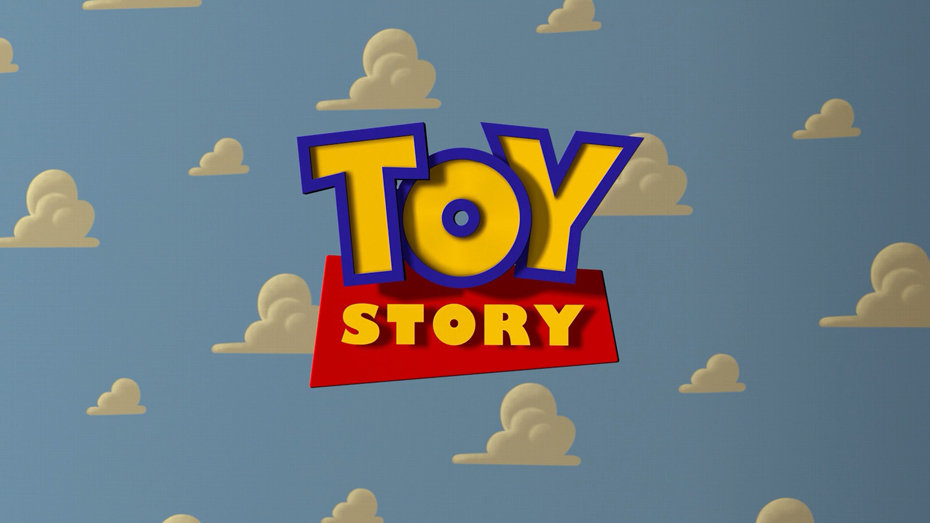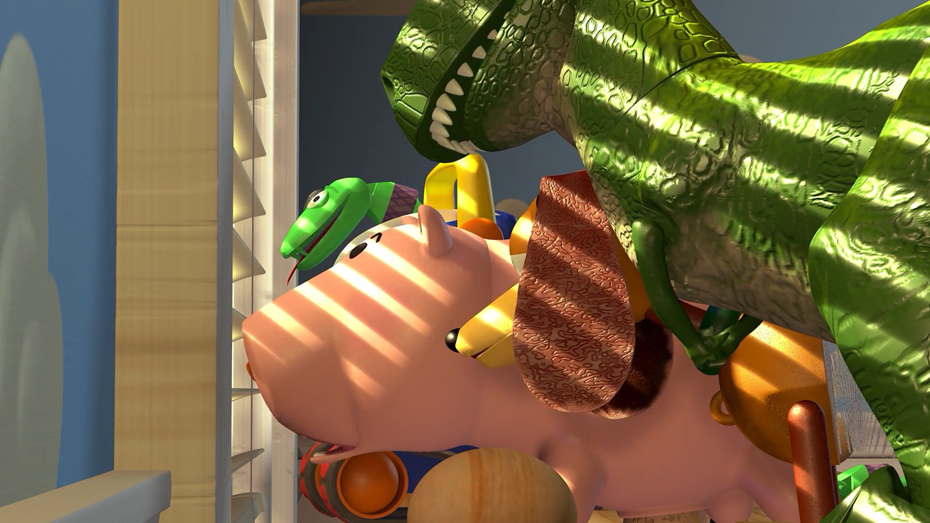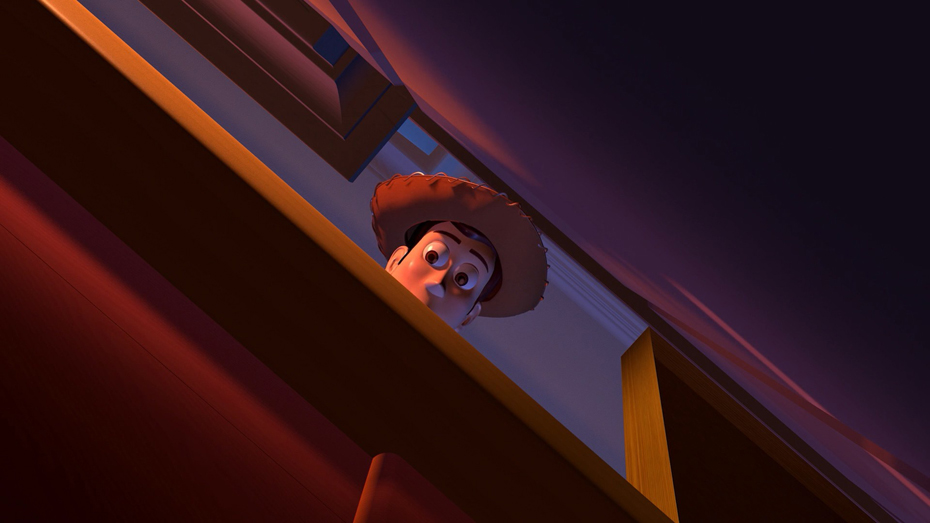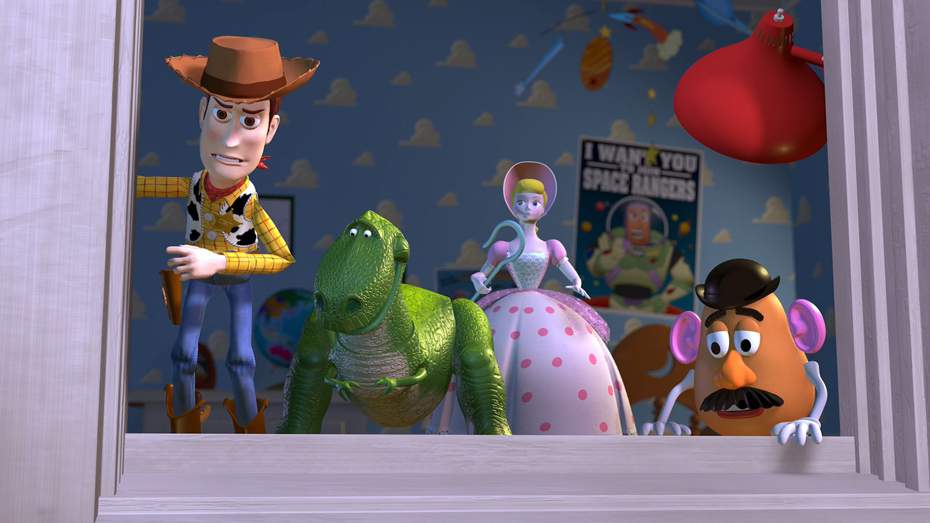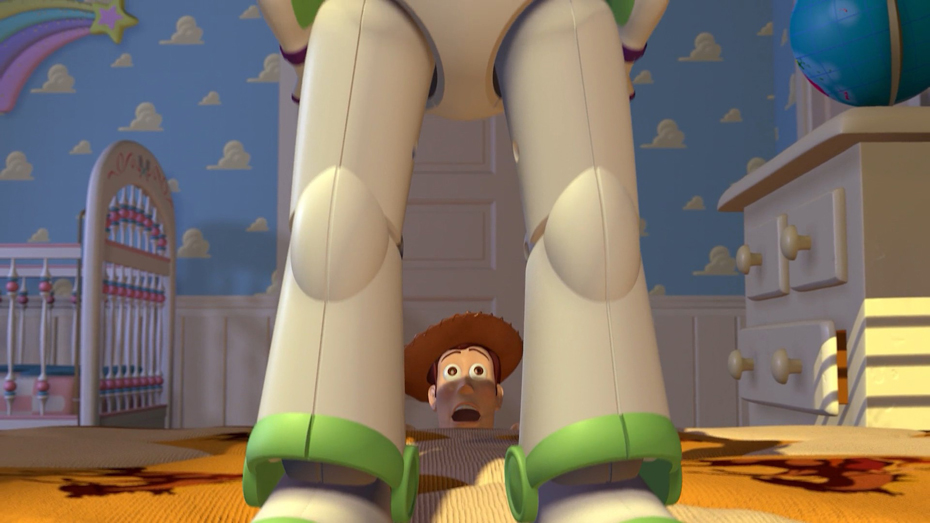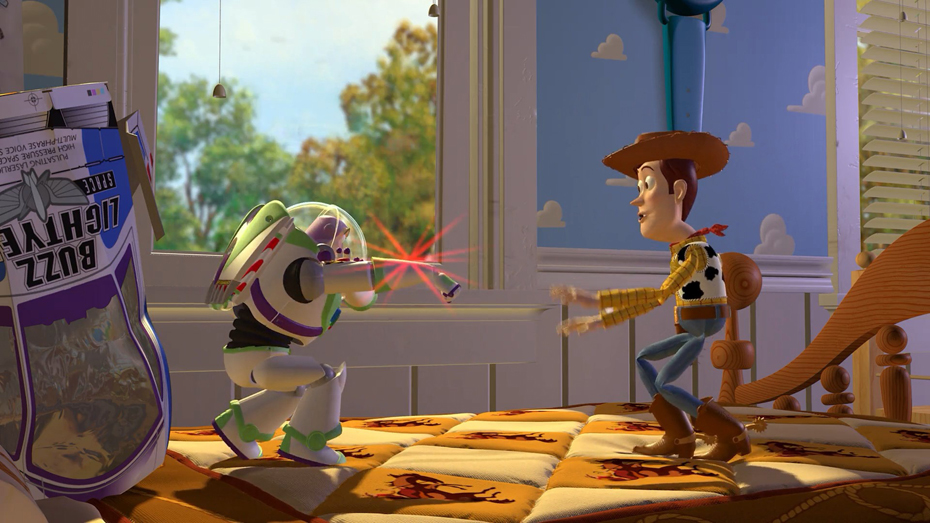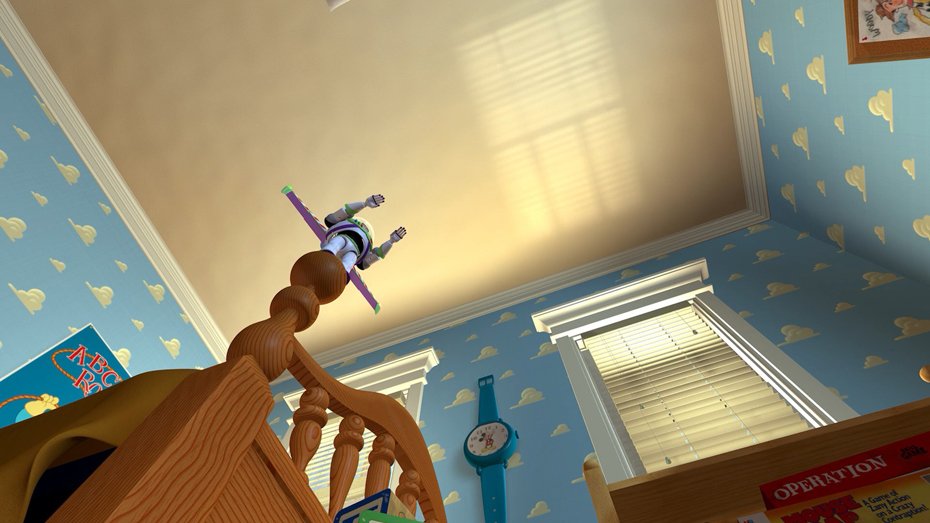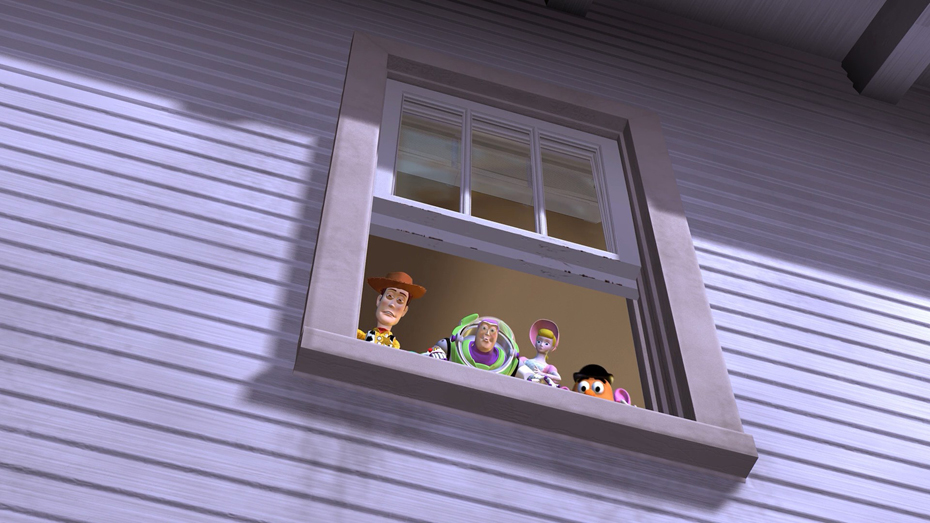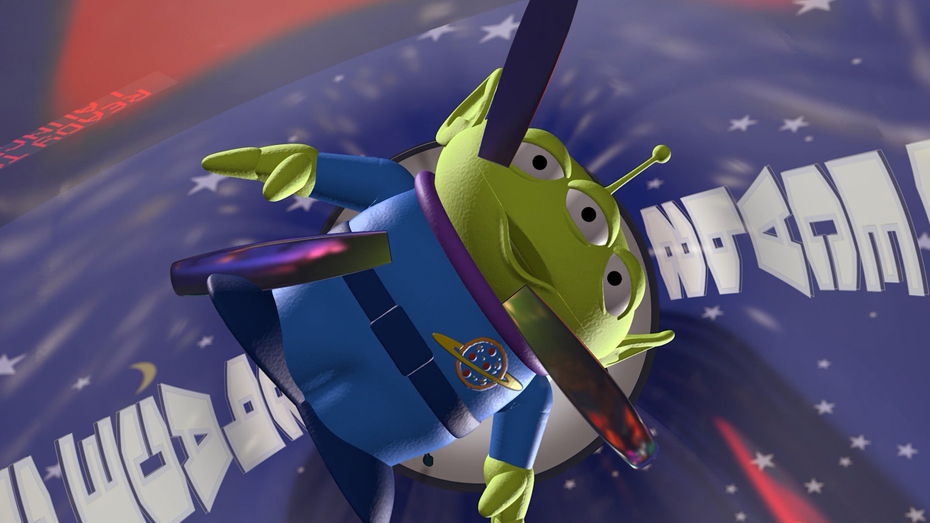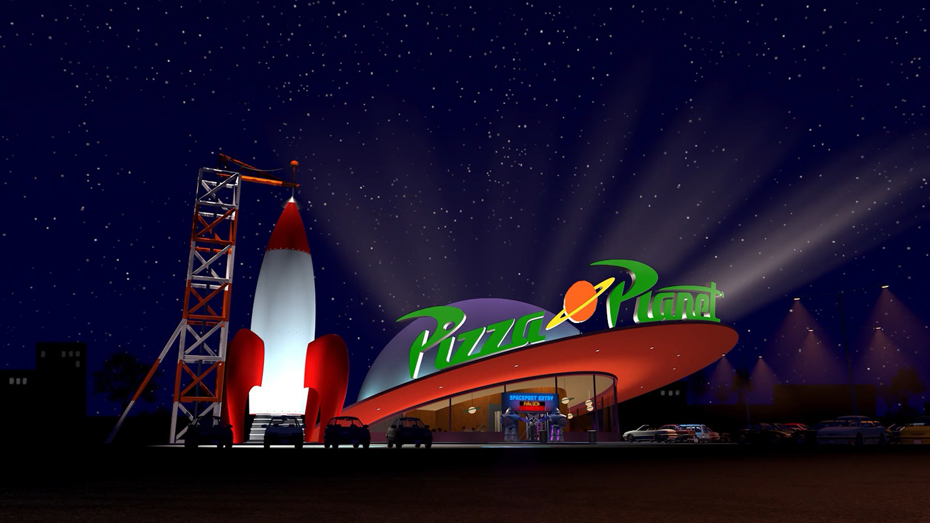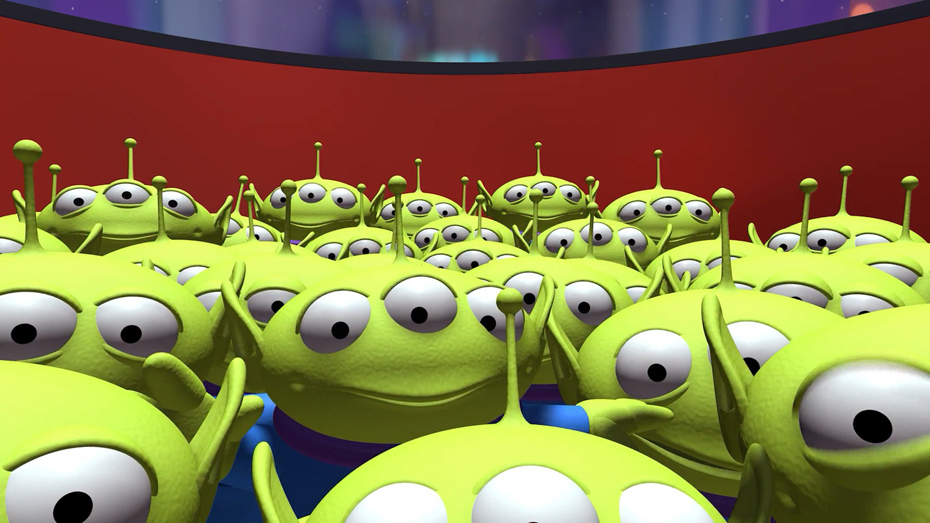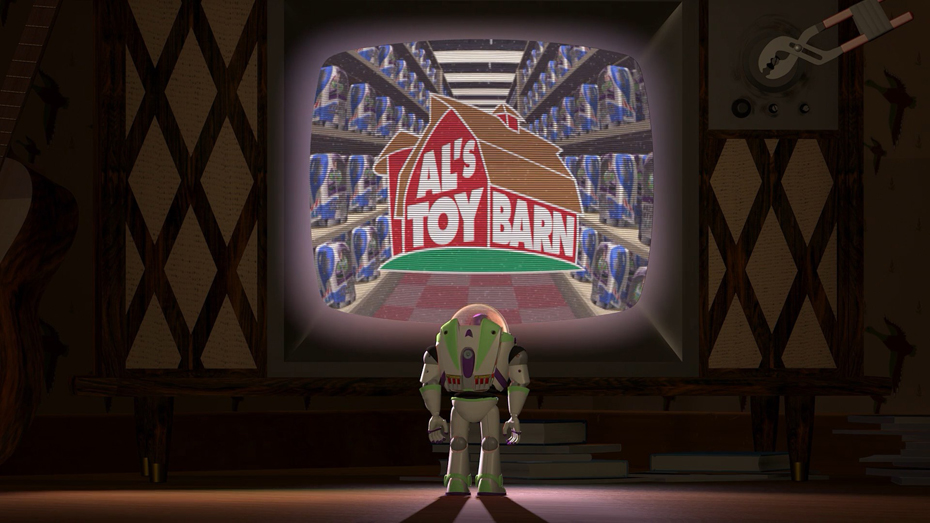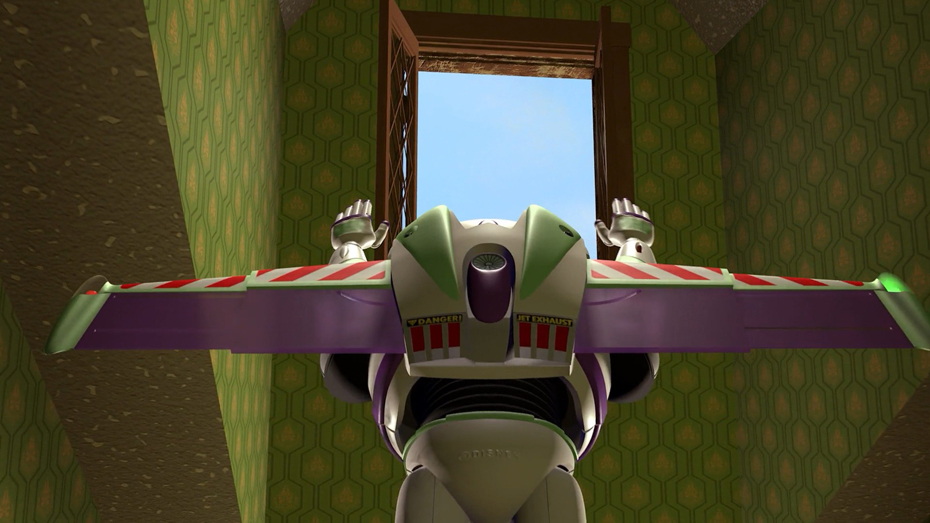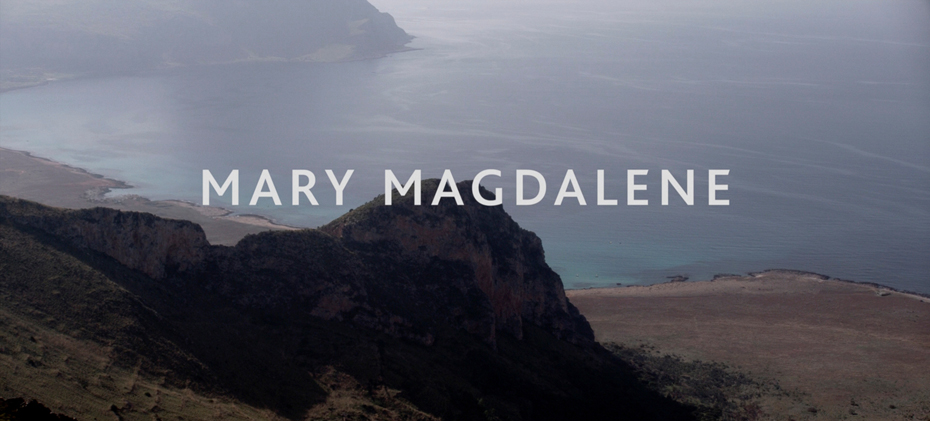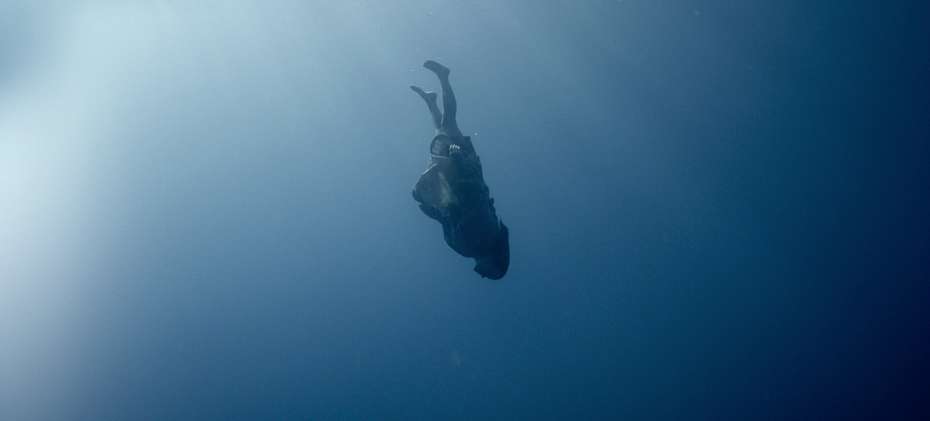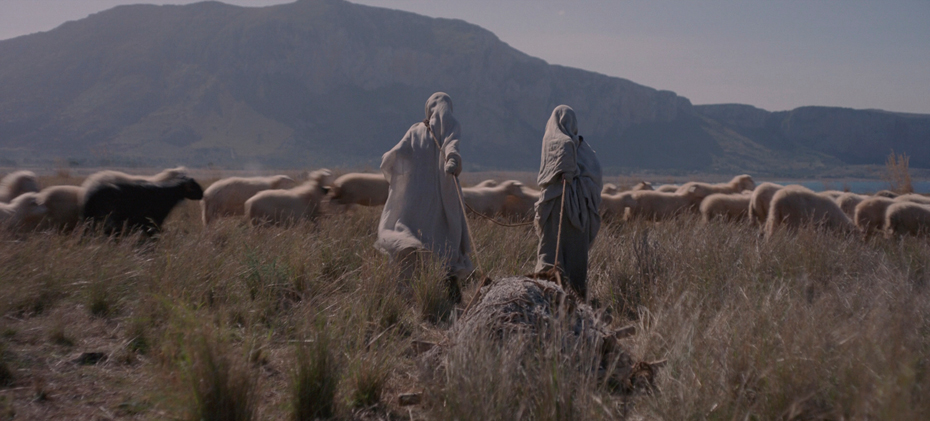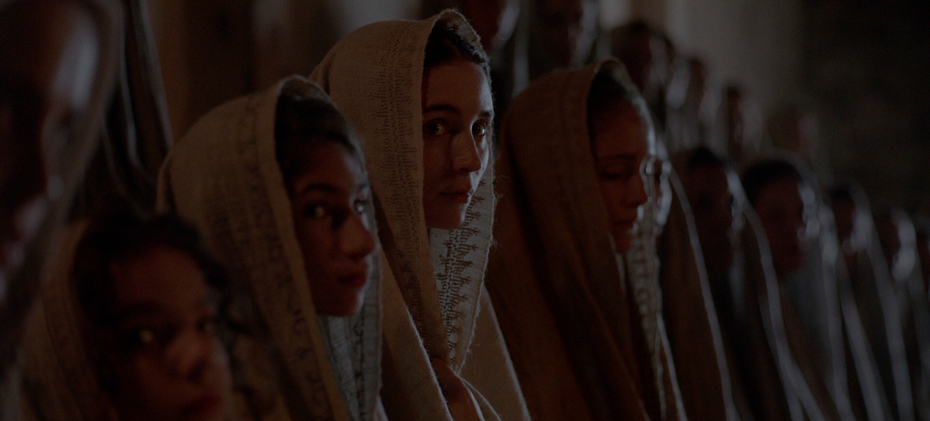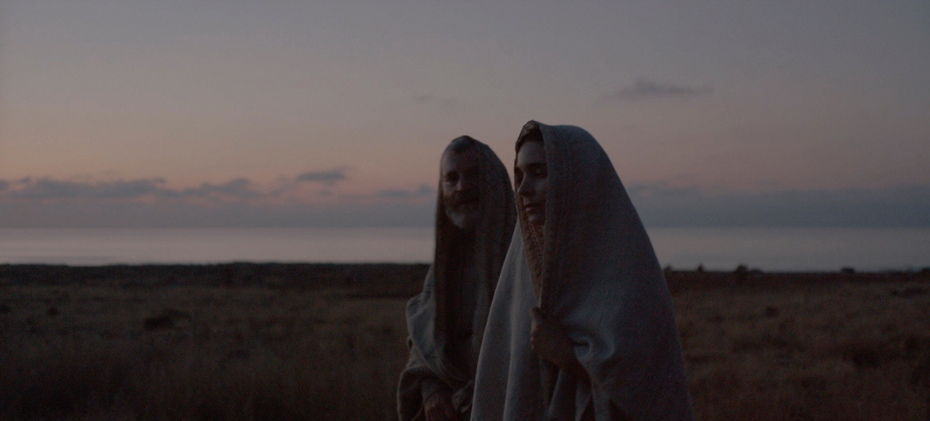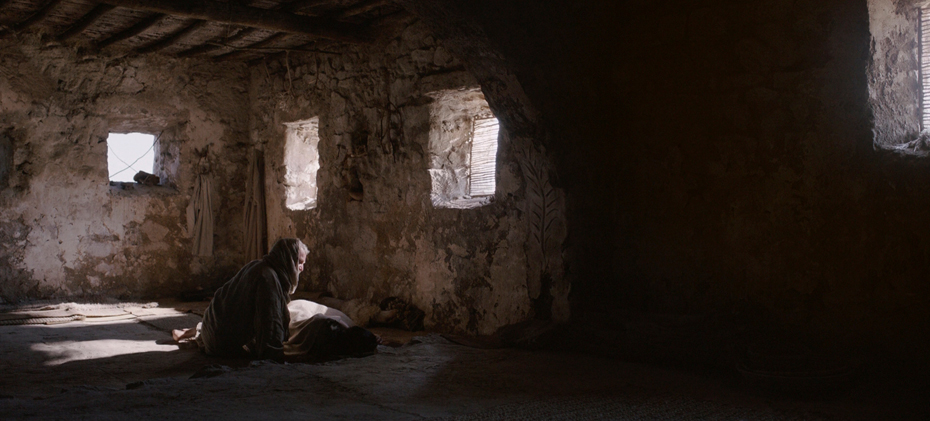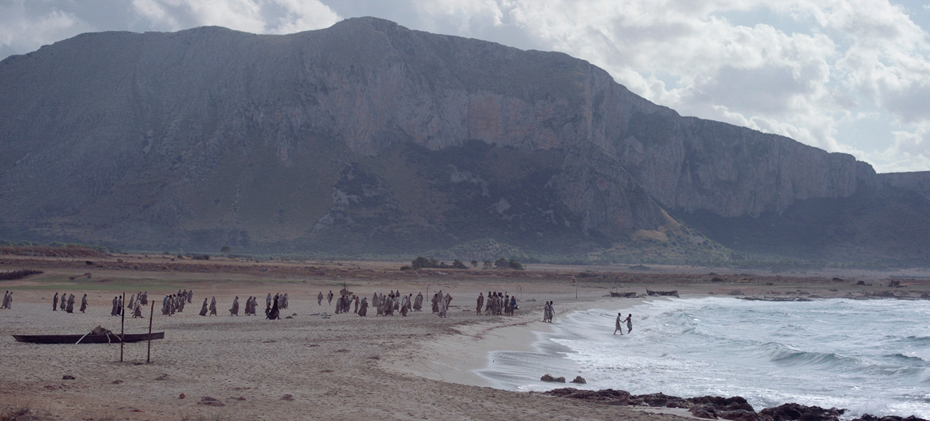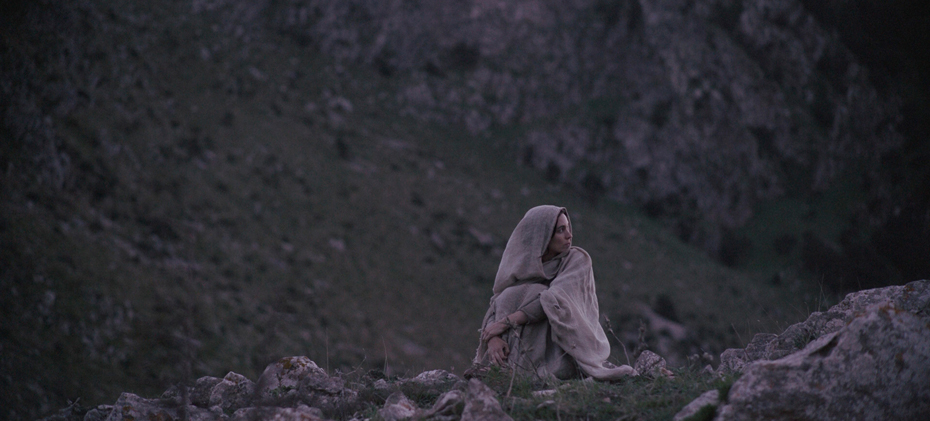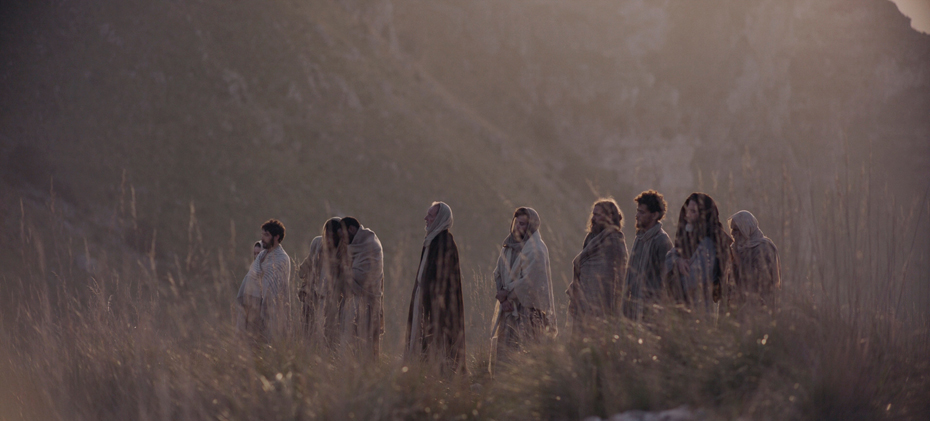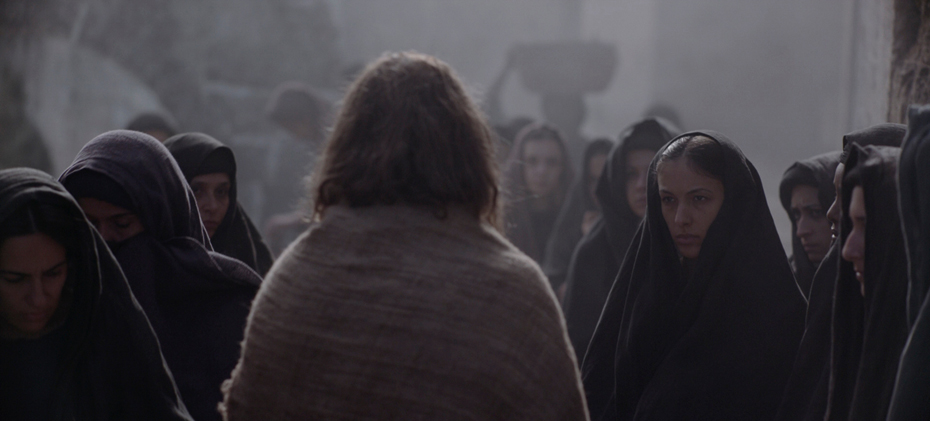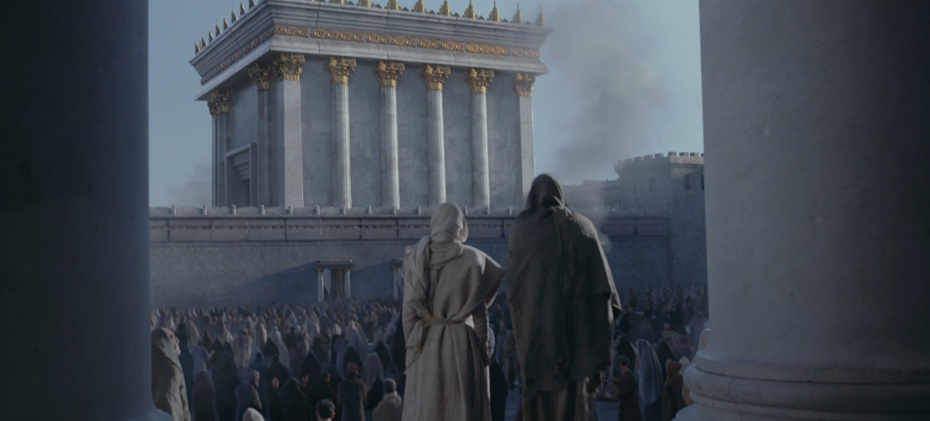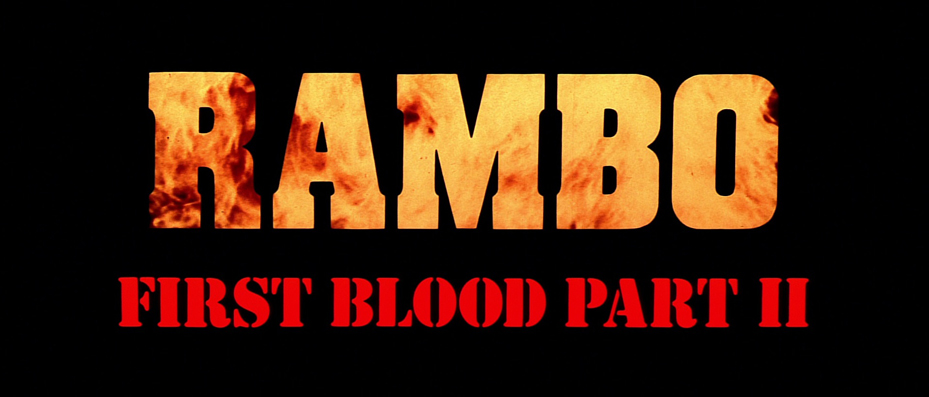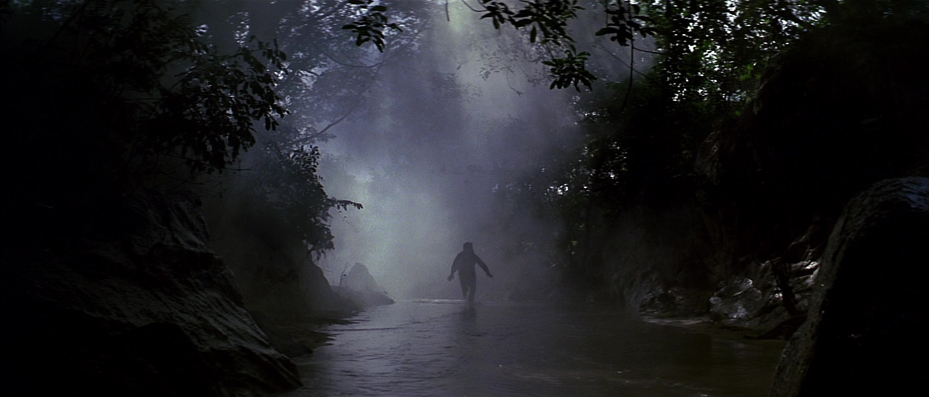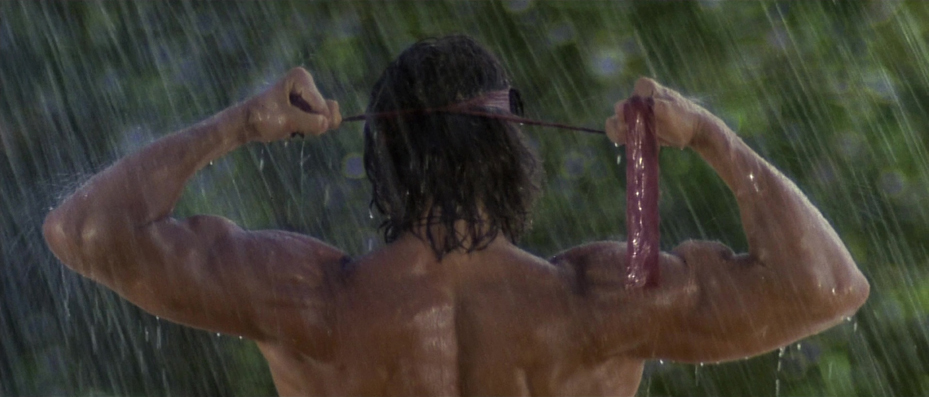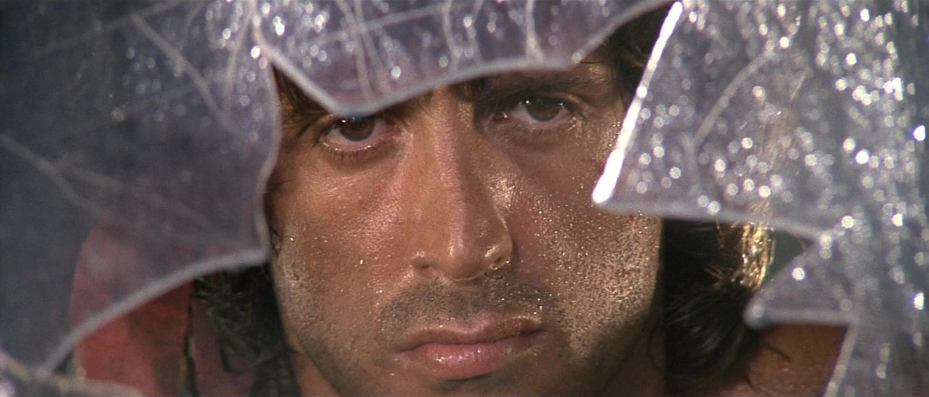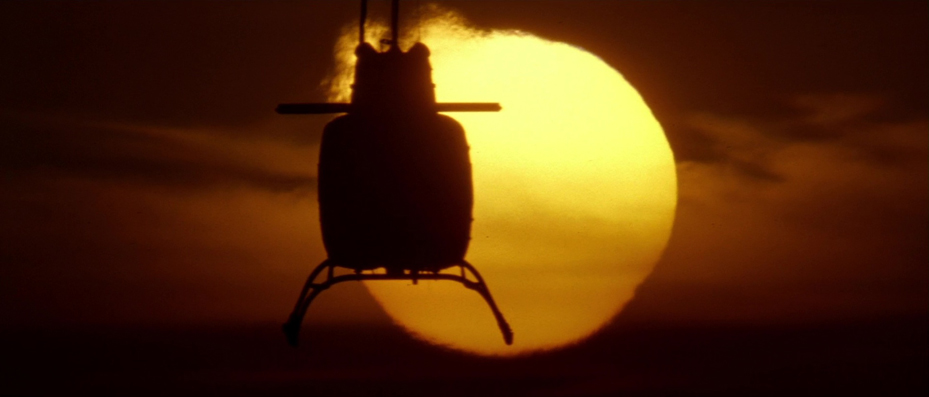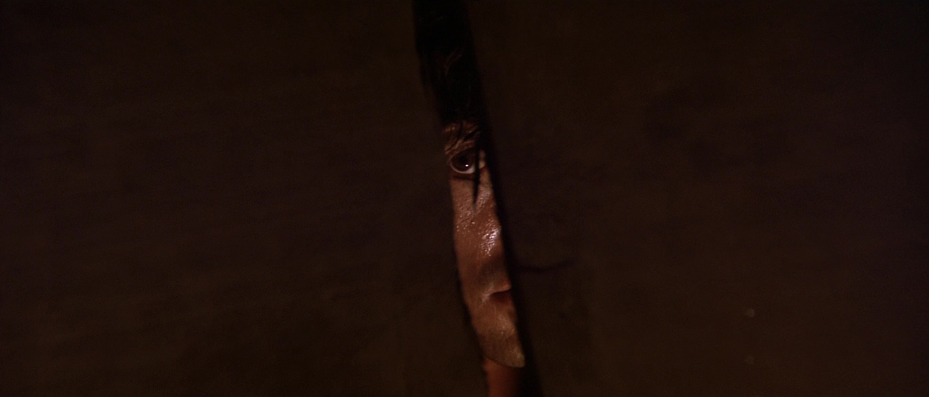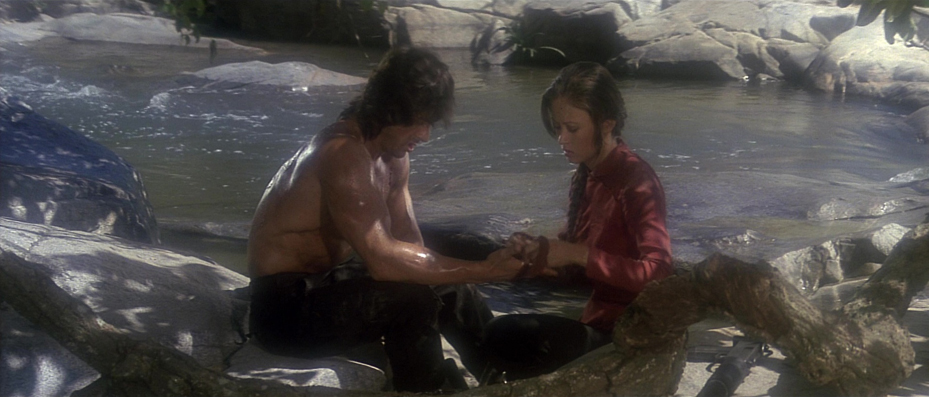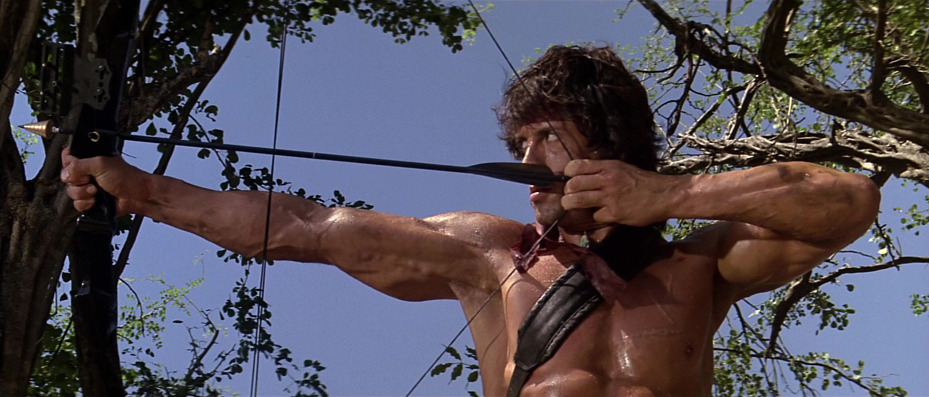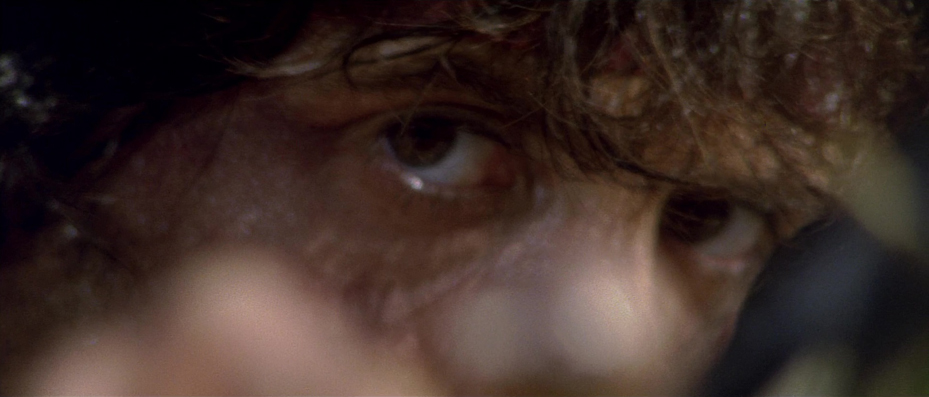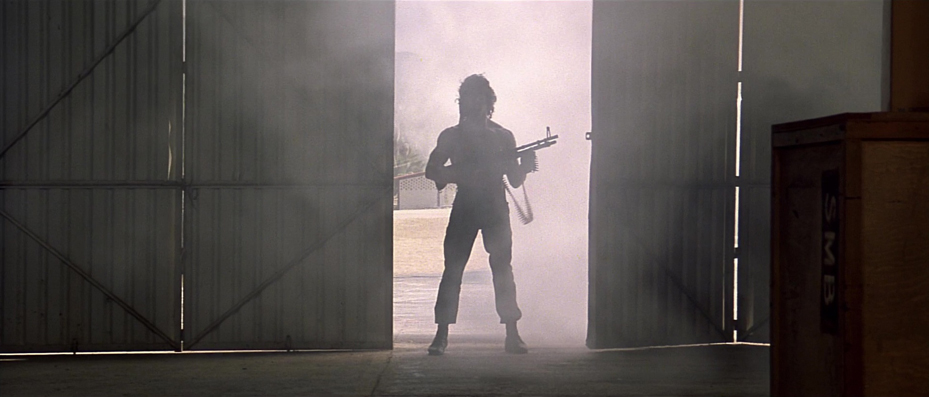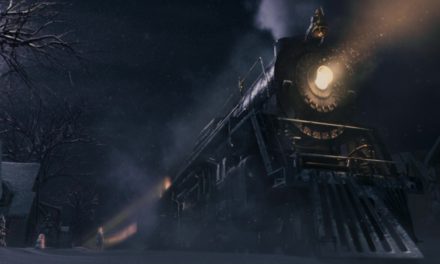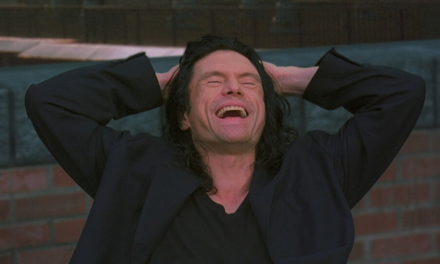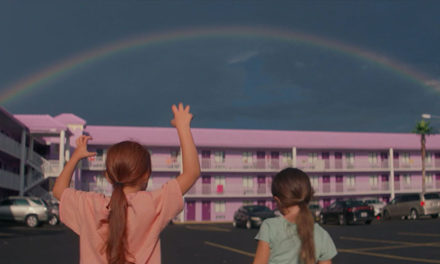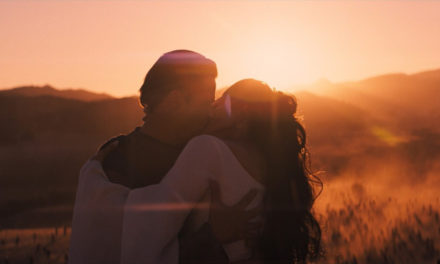THE TUESDAY DROP – 01/18
01.18.22 / New Shots
THE GRADUATE (1967)
Mike Nichols’s 1967 film THE GRADUATE stars Dustin Hoffman as Benjamin Braddock, a recent college graduate who falls in love with a young woman named Elaine (Katharine Ross) after starting an affair with her mother, Mrs. Robinson (Anne Bancroft). The film is based on the 1963 novel of the same name by Charles Webb, and was nominated for seven Academy Awards, winning for Best Director. The Graduate was selected for preservation in the US National Film Registry by the Library of Congress in 1996. Nichols worked on the film with American cinematographer Robert Surtees, who was best known at the time for his work on films such as Thirty Seconds Over Tokyo, The Bad and the Beautiful and Ben Hur.
Nichols at the time only had one feature film credit, 1966’s Who’s Afraid of Virginia Woolf?, and relied a great deal on Surtees to give The Graduate its cinematic visual language. Surtees took an approach to the story that sought to emphasize the isolation and interiority of Ben in his surroundings, using compositions to express what this quiet character could not express in his words. To do this, Surtees wanted to shoot the film largely on long lenses, and he ended up using a 500mm telephoto lens – at the time, a pioneering move in technological innovations in American cinema. With precise camerawork and framing that allows the action to reflect the state of the complicated relationships as they evolve through the film, The Graduate has become known in both its storytelling and its visual language as one of the most important American films of the 20th century.
PRINCESS MONONOKE (1997)
Hayao Miyazaki’s 1997 film PRINCESS MONONOKE follows a young Emishi prince named Ashitaka and his involvement in a struggle between the gods of a forest and the humans consuming its resources. The term “mononoke” refers to supernatural, shape-shifting beings that possess people and cause suffering, disease or death. Princess Mononoke was a critical and commercial hit, becoming the highest grossing film in Japan that year. The film’s cinematographer, Atsushi Okui, worked with Miyazaki to help translate his storyboards (drawn in 1995) into the film alongside supervising animator Masashi Ando, who designed the characters.
After the developments of computer animated technology, Princess Mononoke incorporated the technique into about 10% of the film as a way to blend into, and support, the traditional cel animation that constitutes the vast majority of the film. A large part of the film was created using the ink-and-paint technique, with colors hand-painted with traditional paint based on the color schemes for the film that were designed by Miyazaki and color designer Michiyo Yasuda. Despite having the American version of the film tampered with by Harvey Weinstein, the original version of Princess Mononoke was well-received both in Japan and eventually around the world, becoming one of the most important movies of Miyazaki’s filmography.
Quentin Tarantino’s ninth feature film, ONCE UPON A TIME… IN HOLLYWOOD is a comedy drama starring Leonardo DiCaprio as Rick Dalton and Brad Pitt as Cliff Booth, an actor and stuntman who are striving to achieve success in the final years of Hollywood’s Golden Age in 1969. The film also stars Margot Robbie as Sharon Tate, who Rick and Cliff move in next door to. Once Upon a Time… in Hollywood premiered at the Cannes Film Festival and was nominated for ten Academy Awards, including Best Picture, Best Director, Best Actor and Best Cinematography. Pitt won in the Best Supporting Actor category. The film was shot by Tarantino’s frequent collaborator Robert Richardson, who shot Kill Bill Volumes 1 and 2, Inglourious Basterds, Django Unchained and The Hateful Eight. Richardson and Tarantino decided to shoot the movie on 35mm film with anamorphic lenses in cinemascope (though 1.33:1 and 1:85 aspect ratios were used for the TV show and commercial sequences in the film respectively).
They aimed at a look that could recall a vintage feel but remain contemporary, developing the film to have a saturated look, especially with the skin tones of the actors. Once Upon a Time… in Hollywood was an epic production, shutting down large sections of LA to recreate 1969, including three quarters of a mile on the Marina del Rey freeway and setting up nine 80 ft condors with hard and soft sources to light the road. Richardson also worked in painstaking detail with colorist Yvan Lucas during the shoot, creating a look for dailies that was as close to the final look of the movie as possible. Working with film allowed Lucas to perfect the look of the skin tones in the movie, citing the advantage that when there is no information, digital capture goes to black and white, while film still retains colors such as blue and cyan, giving a richness in shadows that digital capture isn’t capable of.
OLD (2021)
M. Night Shyamalan’s 14th feature film, OLD, follows a group of people who find themselves aging rapidly on a supernatural secluded beach. It is based on the graphic novel Sandcastle by Pierre Oscar Levy and Frederik Peters, and features an ensemble cast including Vicky Krieps, Gael García Bernal, Thomasin McKenzie, Alex Wolff, Ken Leung and Eliza Scanlen. Old was filmed over three months in the Dominican Republic during the Covid-19 pandemic. Shyamalan worked on the film with American cinematographer Mike Gioulakis, who he had worked with on Split, Glass and the TV show Servant.
Inspired by films of the Australian New Wave such as Walkabout and Picnic at Hanging Rock, Gioulakis and Shyamalan decided to shoot Old on 35mm film to create a softness in the image that could also capture the harsh colors of the environment the characters were in. After working in close detail with storyboard artist Brick Mason to plan the shots, Gioulakis decided to shoot on the Arricam LT with anamorphic lenses, framing the movie in a 2.39:1 aspect ratio. Old was primarily a 2 camera shoot, with some additional cameras used in certain action sequences. With a 40 day shoot almost entirely in one location, Shyamalan and the cast and crew took an extremely precise approach to every frame in order to progress the narrative visually, creating a unique and bold new piece in Shyamalan’s filmography.
FREE SOLO (2018)
FREE SOLO is a 2018 documentary directed by Elizabeth Chai Vasarhelyi and Jimmy Chin, profiling the rock climber Alex Honnold on his attempt to perform a free solo (without ropes, harnesses, or any protective equipment) climb of El Capitan in Yosemite National Park in June 2017. The film premiered at the Telluride Film Festival and won the Academy Award for Best Documentary Feature. Chin also served as the film’s cinematographer, and Free Solo takes the unique approach of incorporating the challenges facing the crew as Alex prepared to take on the climb. Chin and Vasarhelyi prioritized selecting camera operators who were expert climbers, and drew from a pool of camera people who had worked with Honnold in the past.
With an on-set editor and DIT, they were able to edit as they shot, maximizing the efficiency of the footage captured by the camera operators and ensuring that they could safely capture Honnold’s climb without compromising the drama of the scenes they were trying to put together. Each camera person had a fully loaded Canon C300 4K camera with a 17-200mm zoom lens, and was required to be their own complete independent camera unit (i.e. rigger, focus puller, AC). By capturing Honnold’s training regime for months, the camera crew was able to both meticulously prepare to capture the climb, as well as document their own filmmaking process and include it in the film.
BIUTIFUL (2010)
BIUTIFUL is a 2010 psychological drama directed, produced and co-written by Alejandro González Iñárittu. Biutiful was Iñárittu’s first Spanish language film since his debut feature Amores perros. The film stars Javier Bardem as Uxbal, a career criminal, who is told he has a few months to live and seeks to get his affairs in order before the spirits with whom he communicates come to claim him. Biutiful won the Best Actor award at the Cannes film festival, and was nominated for Best Foreign Language Film and Best Actor at the Academy Awards (Bardem’s nomination was the first entirely Spanish-language performance nominated for the award). Iñárittu worked on Biutiful with Mexican cinematographer Rodrigo Prieto, with whom he had collaborated on Amores perros, 21 Grams and Babel. Prieto and Iñárittu wanted to bring the audience into Uxbal’s perspective, aiming for a look and feel of heightened naturalism.
They designed the film to work in long, unbroken takes with constant hand-held camera movement (95% of the film is hand-held) and a lighting design that allowed for this by lighting for the space rather than just the characters (Prieto made extensive use of Kino Flos to light the locations). Prieto and Iñárittu also designed a format and lens change midway through the film, from 1.85:1 to 2.40:1 and from spherical to anamorphic lenses. They did this in order to visually depict Uxbal’s transition from aiming to have tight control over everything in his life to ultimately letting go as his world unravels. The pair also wanted to embrace a grainy, painterly quality to the image, and shot the film on Kodak 5279 stock and pushed it by one stop. This not only enhanced the grain, but also the contrast and color saturation of the film, which became crucial to its look.
THE THING (1982)
THE THING is a 1982 sci-fi horror film directed by John Carpenter, based on the 1938 novella by John W. Campbell Jr. Who Goes There?. The film follows a group of American research scientists in Antarctica who encounter an extraterrestrial life form that assimilates then imitates other organisms. The group falls into paranoia when they realize any of them could be “The Thing”. The film stars Kurt Russell, Keith David, Wilford Brimley and David Clennon. The Thing opened in theaters to very negative reviews, but found an audience when released on television and home video. It has since grown in its estimation to be considered one of the greatest sci-fi and horror films ever made.
Carpenter worked on The Thing with American cinematographer Dean Cundey, who he had collaborated with on Halloween, The Fog and Escape from New York. Carpenter and Cundey focussed in on visually capturing the sense of paranoia pervading the film, wanting to create an unsettling mood in the film before anything bad actually happened. While shooting in a widescreen anamorphic aspect ratio might not immediately lend itself to conveying a sense of claustrophobia and paranoia, Carpenter and Cundey used it to their advantage, carefully designing compositions that showed off the scale of the world, demonstrated the ensemble nature of the cast, and that still closed characters in within frames to make them feel trapped. Mike Ploog developed extensive storyboards that the crew used as a starting off point for the production, which they then adapted on the day when working with the actors. Cundey also created strong rules for the lighting plan of the film, choosing to use warmer color temperatures indoors to contrast with the freezing cold world outside.
TOY STORY (1995)
TOY STORY is a 1995 computer animated film produced by Pixar Animation Studios. It is the first ever entirely computer animated feature film, as well as Pixar’s first feature film. The film follows Woody (voiced by Tom Hanks), a cowboy doll who seeks to win back favor with his owner Andy (John Morris) when a new action figure named Buzz Lightyear (Tim Allen) takes his place as Andy’s favorite toy. Toy Story was nominated for three Academy Awards, and was selected for preservation in the US National Film Registry by the Library of Congress in 2005. Today, it is considered one of the greatest animated films of all time. Toy Story innovated in many areas of both animation and computer technology, but did not have a credited cinematographer on the project. Instead, every shot of the film would pass through eight different teams at Pixar.
After the storyboards were drawn by the story department, it would go to the art department where the shot was given its color and lighting schemes. Afterwards, the layout department would place models in the shot and frame it with the virtual camera (the camera was constrained to follow the rules of conventional cinema camera movement). The shot would then go to the animation department, where the Menu program would help animators build poses and match the lips to the actors’ recorded voices (each block of eight seconds in the film took approximately a week to animate). Next, the shading team would use RenderMan software to shade the entire shot, using over 300 computer processes to render the film to final design. The lighting department would then orchestrate final lighting of the shot, and the completed shot would then go into rendering (where each frame took between 45min and 30 hours to completely render). Toy Story created innovations in filmmaking that have completely reshaped both live-action and animated cinema, making Pixar an animation juggernaut and changing the way films were made ever since.
MARY MAGDALENE (2018)
Garth Davis’s second feature film, MARY MAGDALENE, stars Rooney Mara as Mary Magdalene and Joaquin Phoenix as Jesus Christ, and follows Magdalene’s spiritual awakening as the only woman among Jesus’s disciples. The film also stars Chiwitel Ejiofor and Tahar Rahim. Davis worked on the film with Australian cinematographer Greig Fraser, who also shot his first feature film, Lion. Fraser was shooting reshoots for Rogue One: A Star Wars Story at the same time as Mary Magdalene, which was shot on a low budget on location in Italy.
Fraser and Davis opted to shoot the film on the Arri Alexa 65 camera with Prime DNA 65mm lenses. They wanted a spare, simple approach to both the camera work and the lighting scheme for the film, in order to capture the experience of Mary Magdalene without frills and in a way that brought the audience into the immediacy of Mary’s experiences. Fraser shot the film largely with natural light, relying on lightweight LED light panels from Digital Sputnik to boost the natural sources in the frame. These lighting systems also allowed the film’s colorist, Christopher Rudkin, to color correct dailies very accurately on set.
RAMBO: FIRST BLOOD PART II (1985)
RAMBO: FIRST BLOOD PART II is a 1985 American action film directed by George P. Cosmatos, and co-written by and starring Sylvester Stallone. It is the second installment in the Rambo franchise, and follows John Rambo on a mission to rescue American prisoners of war from Vietnam that takes a turn for the worse. Rambo: First Blood Part II was nominated for the Academy Award for Best Sound Editing, and has gone on to be the most recognizable films from the Rambo franchise. Cosmatos worked on the film with British cinematographer Jack Cardiff.
Cardiff was a highly experienced and respected cinematographer who pioneered the use of Technicolor in cinema. Cardiff was best known for his work on films such as Black Narcissus, The Red Shoes, The Magic Box and War and Peace. Cardiff was also a director who had been nominated for an Academy Award for his film Sons and Lovers, making him the only person nominated for an Oscar as both a director and a cinematographer. Rambo: First Blood Part II was shot between June and August 1984 on location in Mexico and Thailand. The shoot faced complications due to extreme weather and environmental conditions, with many sets only accessible to cast and crew via helicopter. Despite reported clashes between Cardiff and Stallone on set, Rambo: First Blood Part II went on to gross over $300 million and became a landmark action film of the 1980’s.

